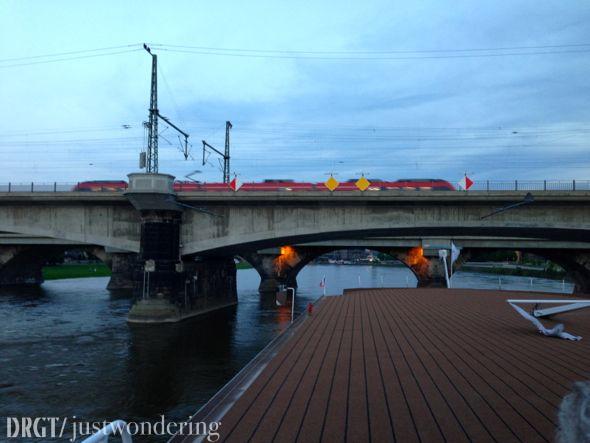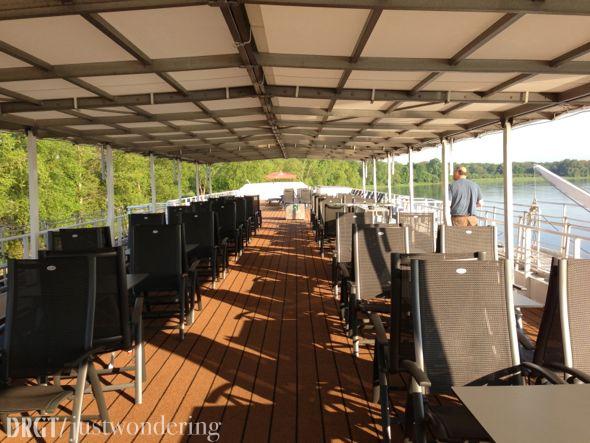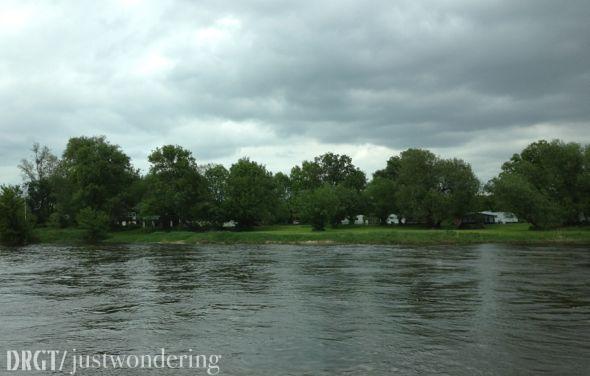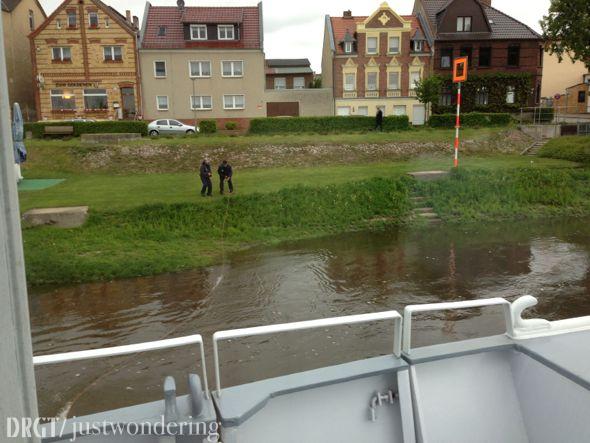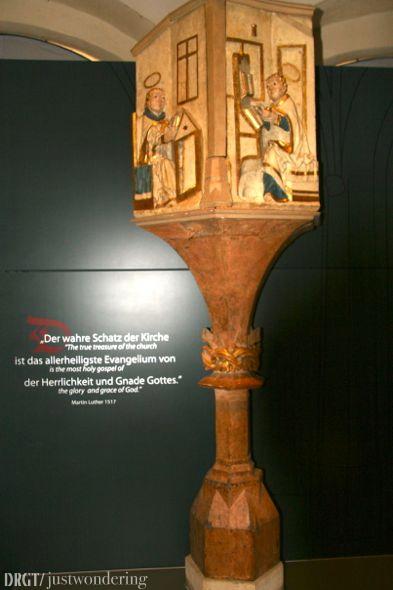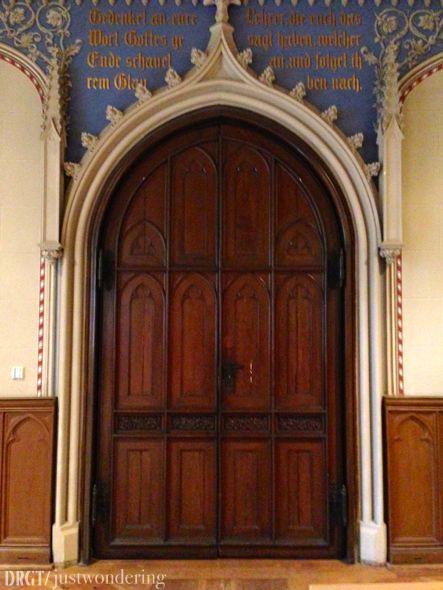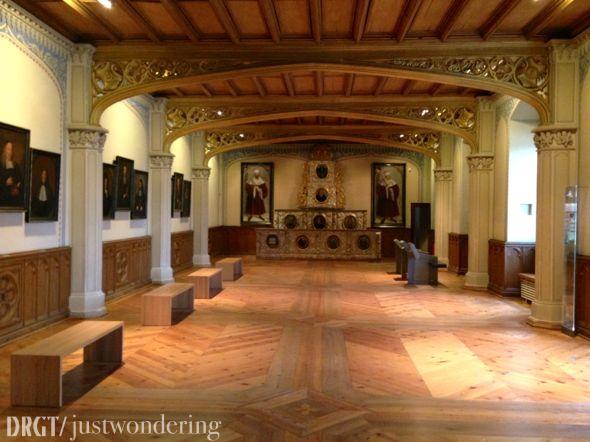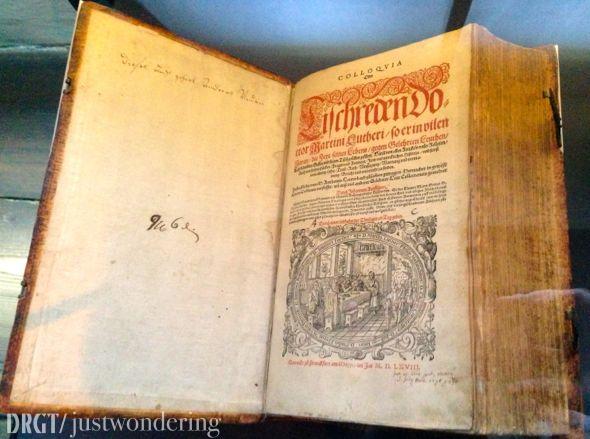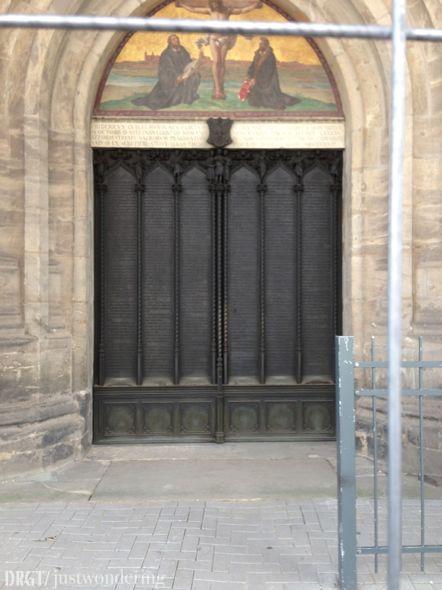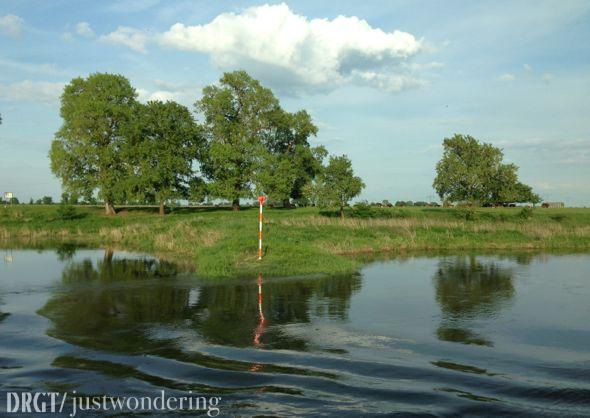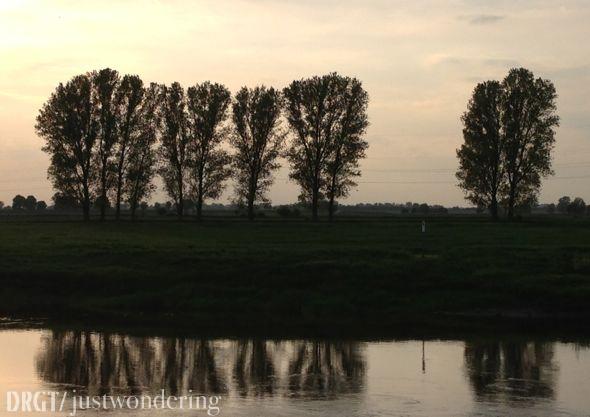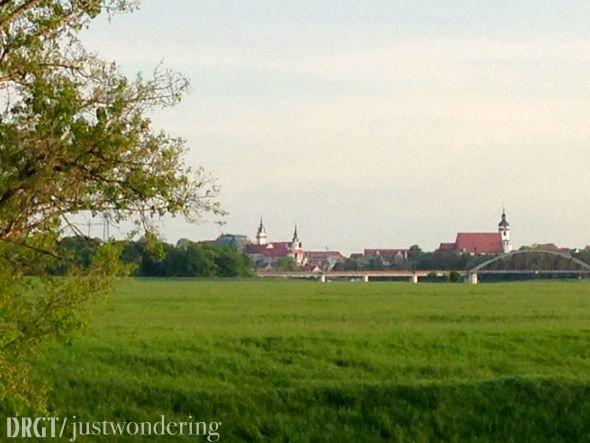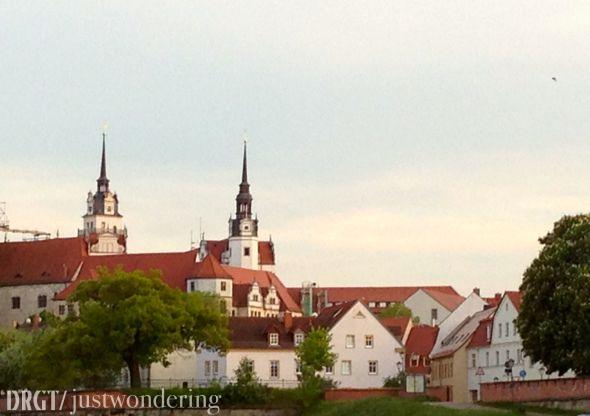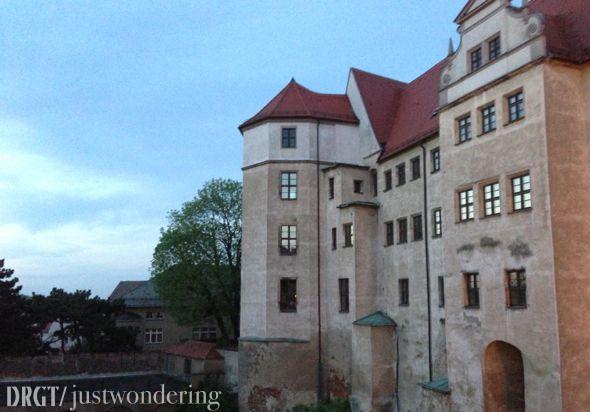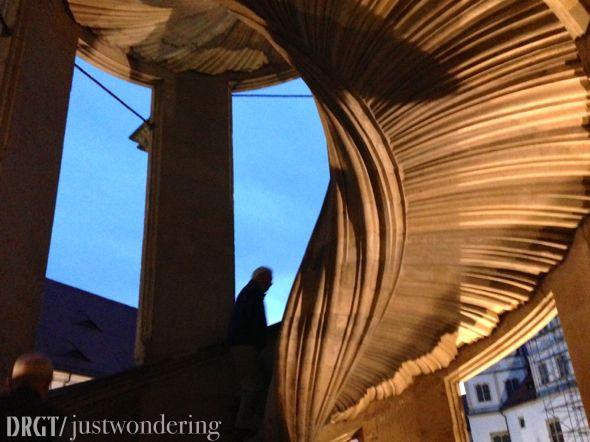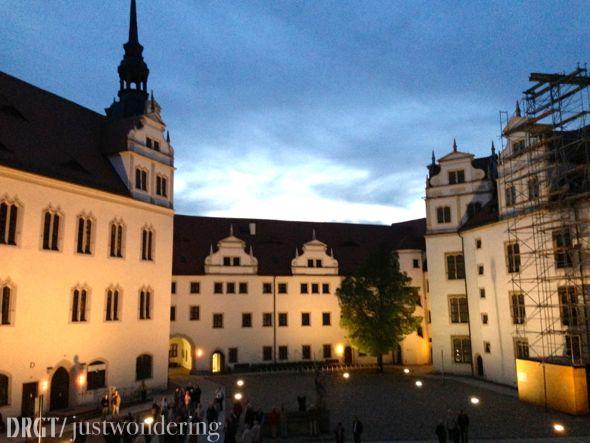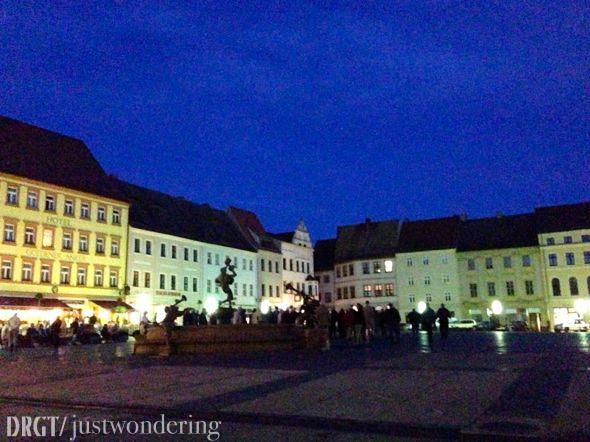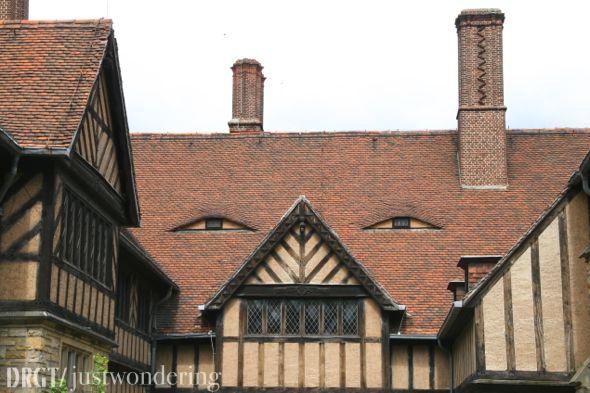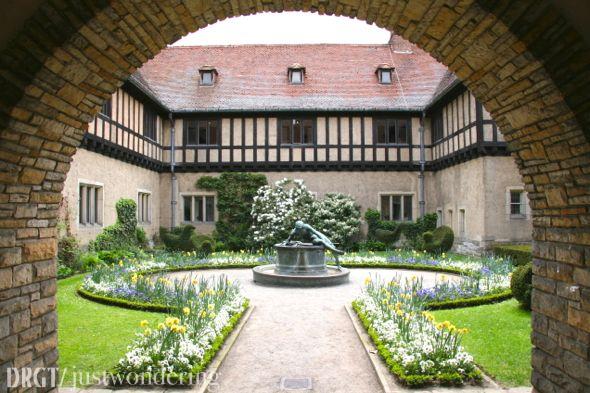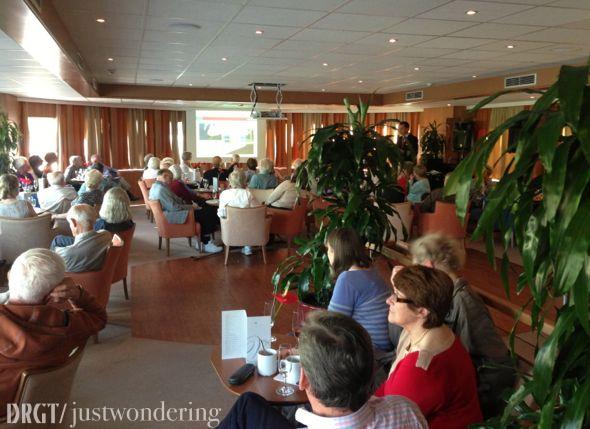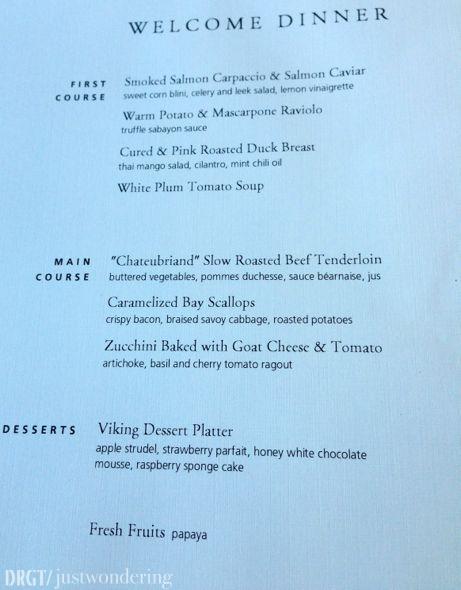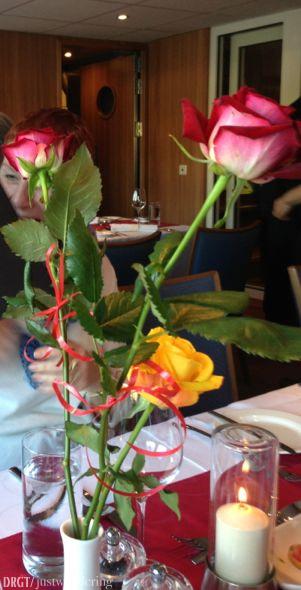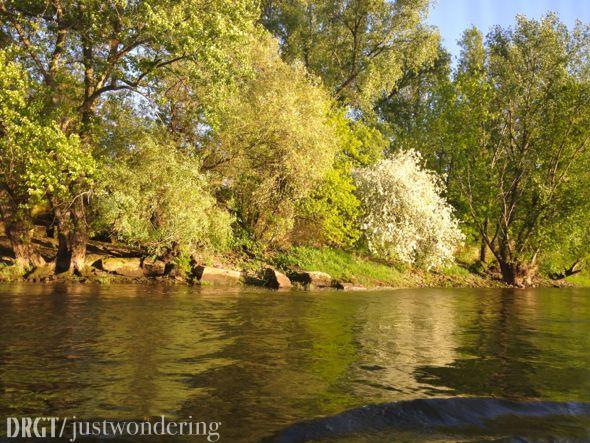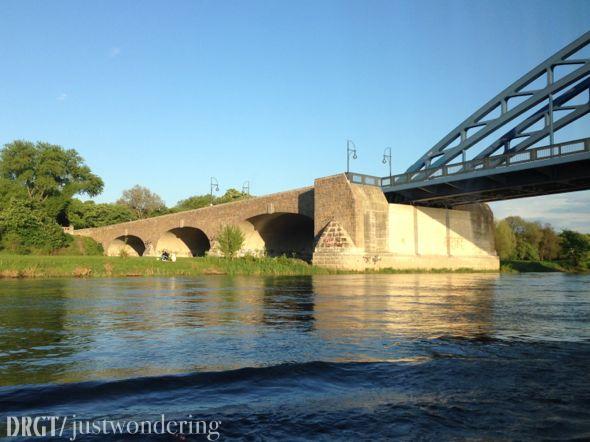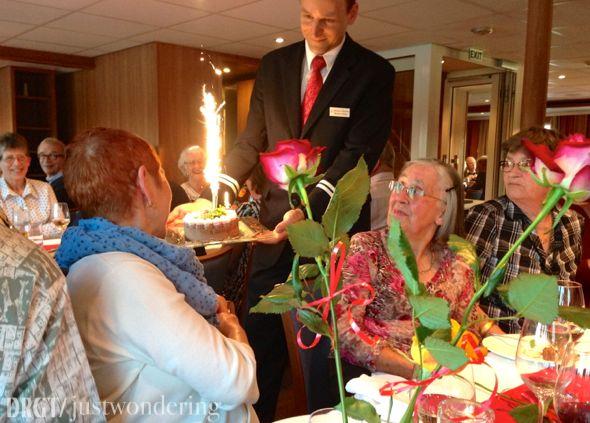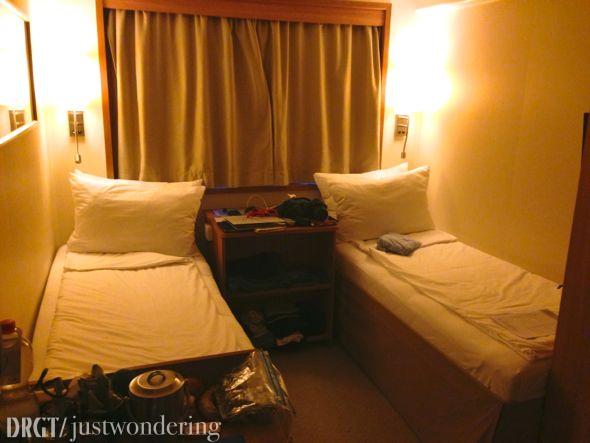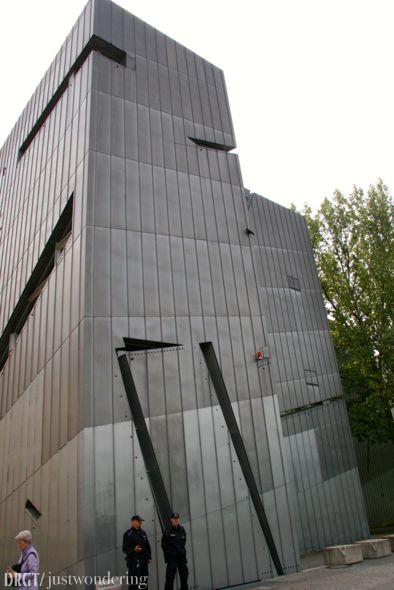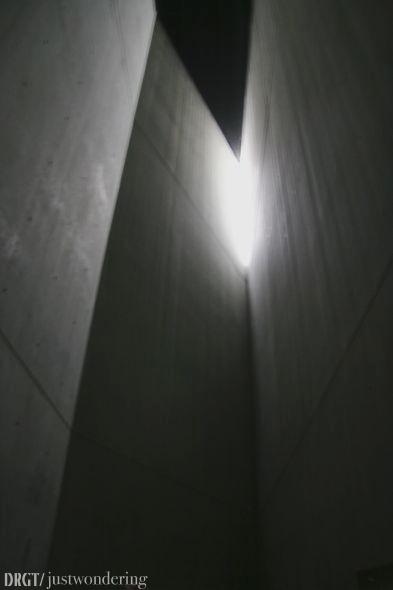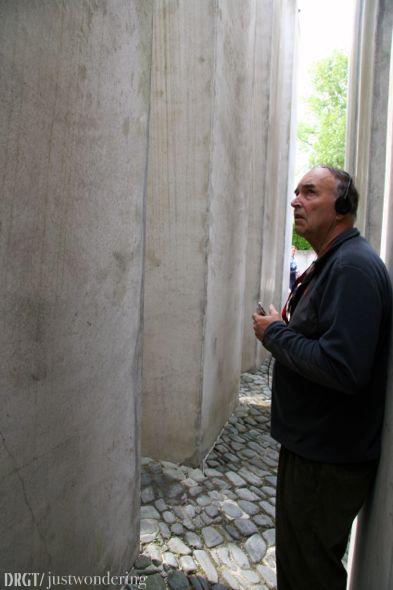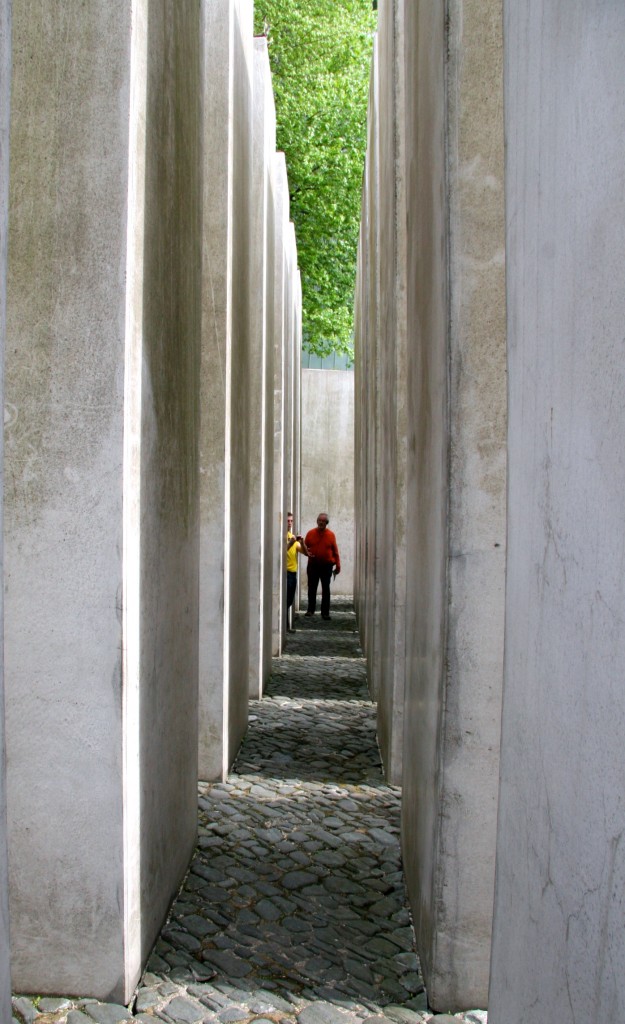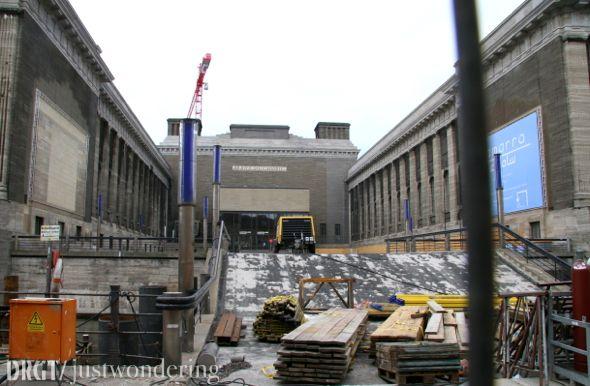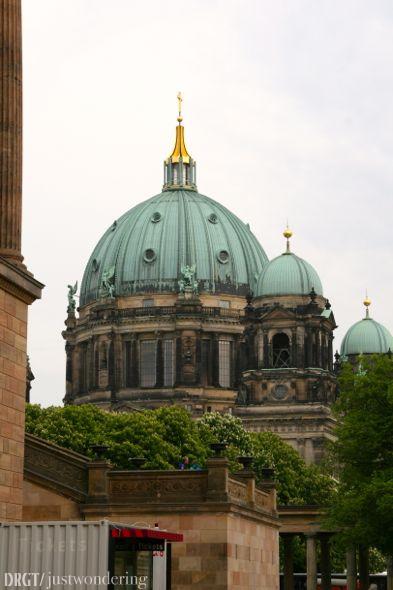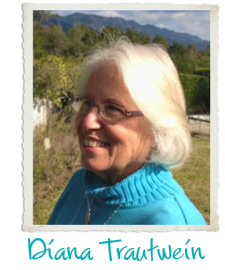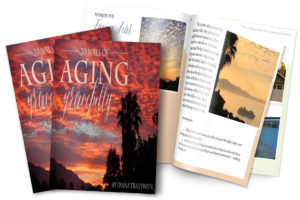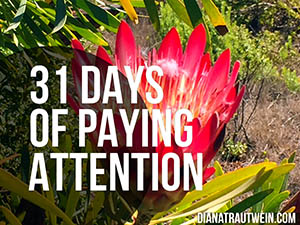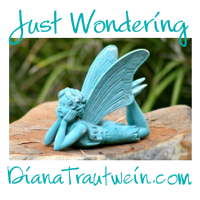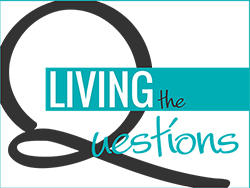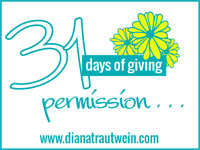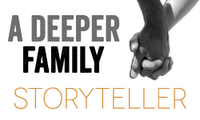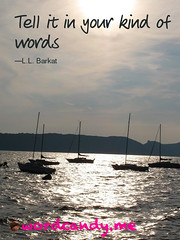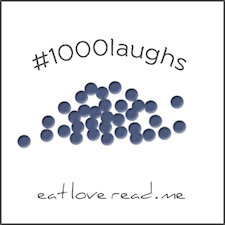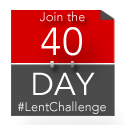I spent Thursday morning at the Goleta Slough last week,
and I spoke into my phone as I sat there.
This is the transcript of that speaking. (Pretty much!)
I’m thinking this was an artist’s playdate of sorts. . .
Cormorants, beautiful black and sleek, yet they wreak such havoc.
The trees above these birds are sticks now.
Ashen, dead.

I sit, staring.
The tide ebbs and flows, the horizon fades away.
An occasional gull, tern, cormorant, or duck flies by.
I can hear the chatter of children far down the beach.
 And the, low guttural tones of the men who drive these weary motorhomes.
And the, low guttural tones of the men who drive these weary motorhomes.
What must it be like to live like this, day after day?
Chatting in the parking lot, slugging back a six pack.
 Suddenly a dolphin surfaces very close by.
Suddenly a dolphin surfaces very close by.
Oh, have I ever told you how these creatures speak to me of God?
I see he has a companion.
Somehow life is better with a swimming partner.
 Summer must truly be here, a lifeguard walks by,
Summer must truly be here, a lifeguard walks by,
carrying his bright orange rescue pad.
Summer in Santa Barbara is often gray,
as the heat from the central valley of California rises,
it sucks the fog up to the beach along the central coast.
But today, instead of feeling suffocating, this cool, moist blanket is soothing.
 My husband is flying to Chicago, once again attending meetings.
My husband is flying to Chicago, once again attending meetings.
He gets so nervous before he travels, and so do I.
Neither one of us likes to travel alone anymore;
I’m not sure we ever did.
We have surely done it often enough,
and once we arrive at our destination, most worries dissipate.
But travel days are hard — and the days leading up to travel days.
 47 years is a very long time.
47 years is a very long time.
We’ve had adventures, raised children, cared for grandchildren,
moved several times, each dealt with the stresses of our own individual careers.
And we’ve done all of it together, growing up together,
growing into marriage together.
So separation is both good and hard.
It’s good for us to remember that we are separate.
Each of us is an individual, with different gifts and interests,
and those gifts and interests need nourishment,
encouragement, outlet.
 Yes, we still need
Yes, we still need
to do those things which nurture us as people as well as a couple.
But the other reality is this one: everything else in life is better together.
I just saw a plane take off in my rearview mirror, perhaps it was his.
He flies first to San Francisco, then on to Chicago.
Meetings all day tomorrow, half a day Saturday, then home again Saturday night.
I look forward to his return, but I also look forward to some space and time alone.
Taking an hour to sit and stare at the ocean is something
I find more difficult to do when I know my husband is at home.
Why is that, I wonder?
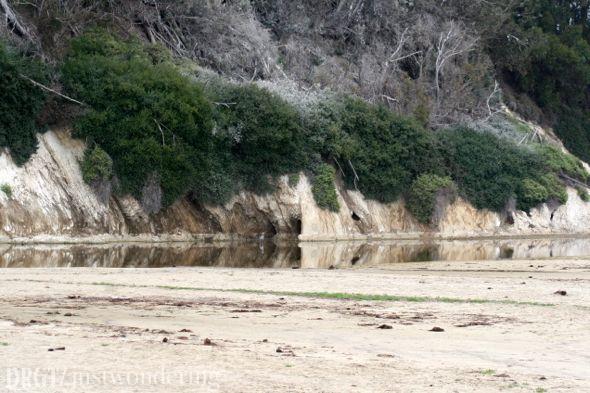 I think I still carry a lot of baggage from my early life.
I think I still carry a lot of baggage from my early life.
I still hear the voice of my mother in my head,
the one reminding me to be ever present and careful,
to look out always for my husband’s interests above my own.
I have come around intellectually and on some emotional level to the belief that
each of our interests and gifts are important,
that decisions are made mutually,
that God’s call is unique to each one of us
as well as unique to our marriage relationship.
But I still hear my mother’s anxious questions.
“Does Dick think this is okay?”
“Are you keeping your husband happy?”
 And I still remember, clear as a bell,
And I still remember, clear as a bell,
her words about one of her very best friends,
after her husband betrayed her with a member of his congregation
and left their marriage.
I still remember these words:
“If only she had taken better care of herself.
If only she weren’t so smart.
If only she had kept all that intelligence in check.”
It makes me physically sick to write those words.
Yet this is what my mother believed, and this is what she raised me to believe.
How sad is that?
 The cars are starting to pull into the lot now –
The cars are starting to pull into the lot now –
it’s a summer day at the beach.
People will be here in droves.
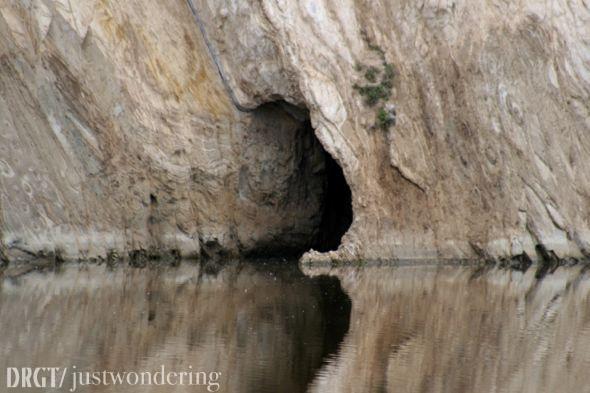 My clue that time is up.
My clue that time is up.
What will this day bring next?
It brought a lot of loveliness and a fair amount of pain, actually. Leisurely shopping for the first time in ages; lunch out, every bite delicious, while reading a favorite author on my Kindle; time at the beach at the other end of town as the sun was setting. Unfortunately, on my walk there, my ‘bad’ knee acted up fiercely, requiring a trip to urgent care the next day. Three x-rays and 1 shot of cortisone later, I am much better. Undoubtedly, this relaxing day helped to move that recovery along.
Joining this with Laura, Michelle, Jen and Ann:



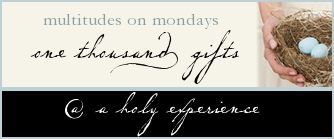



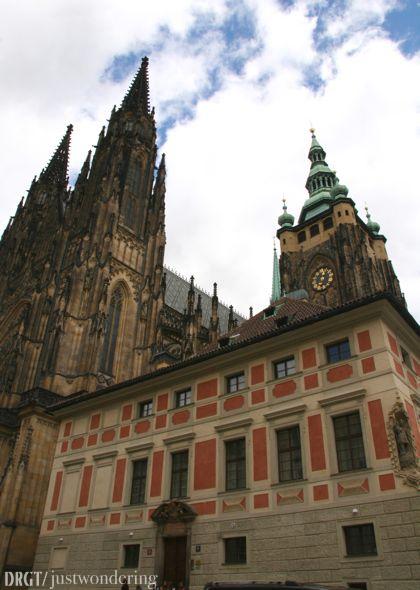
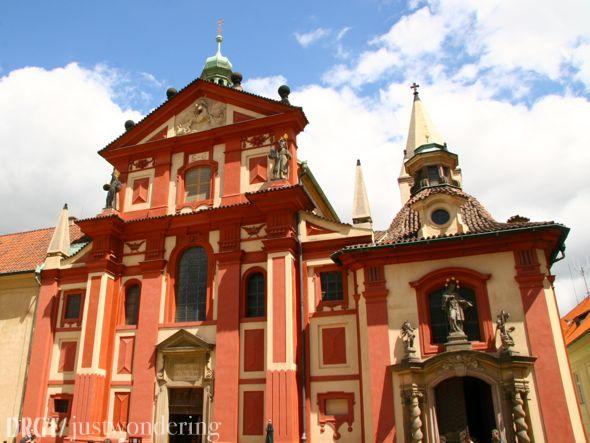
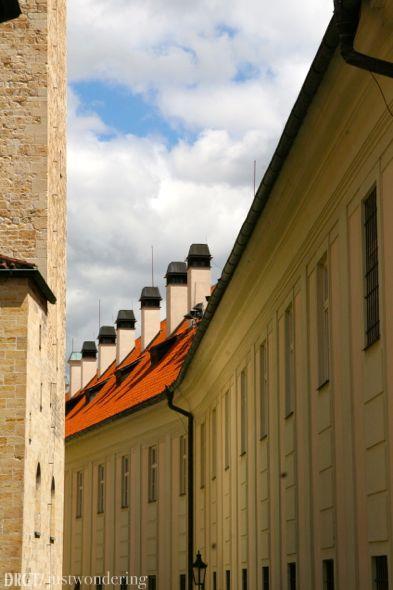
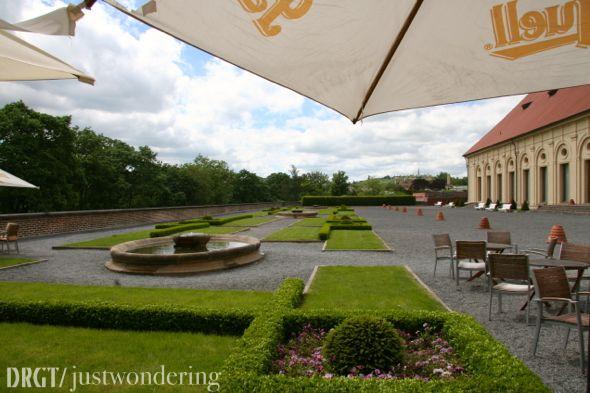
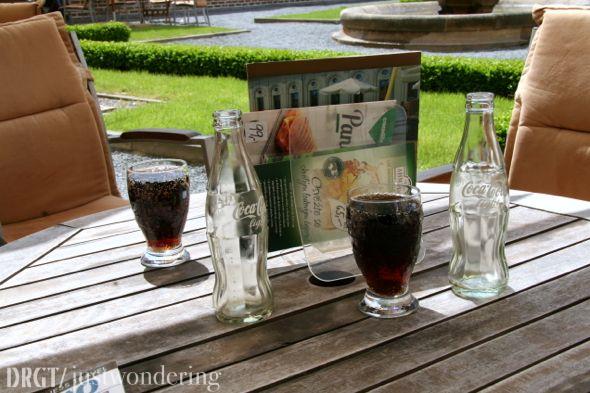
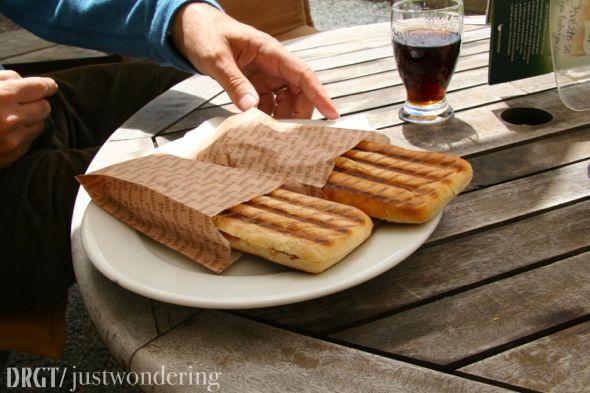
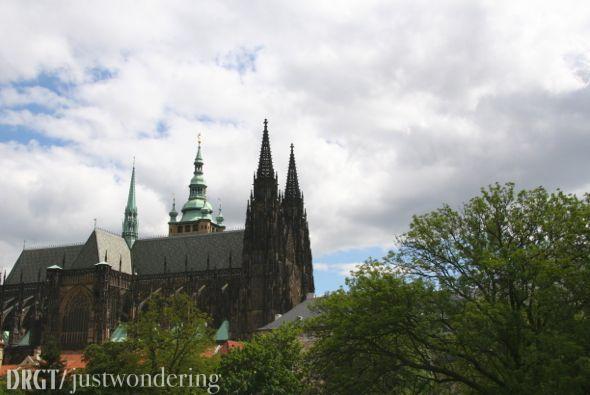
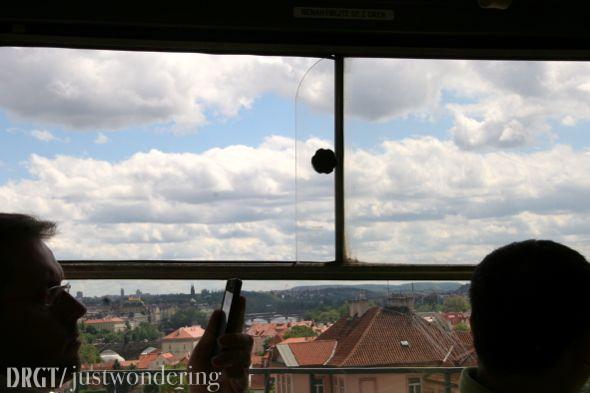
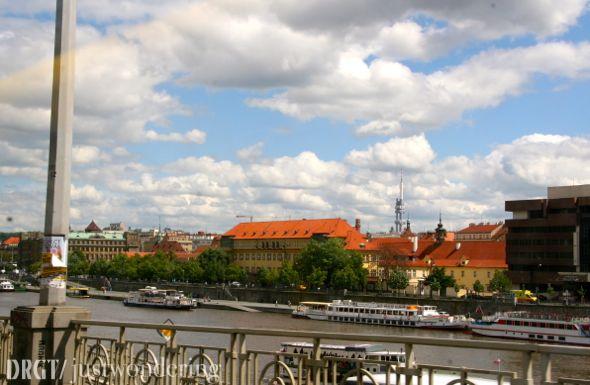
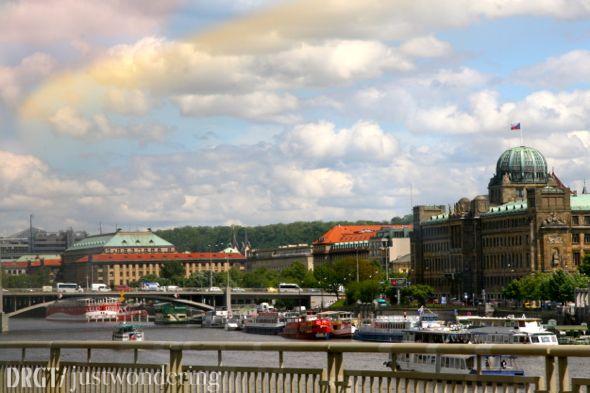
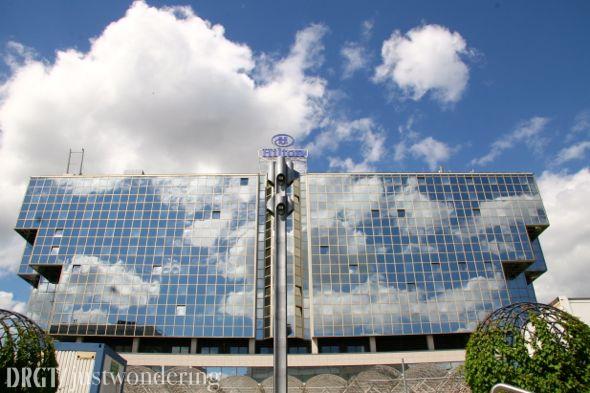
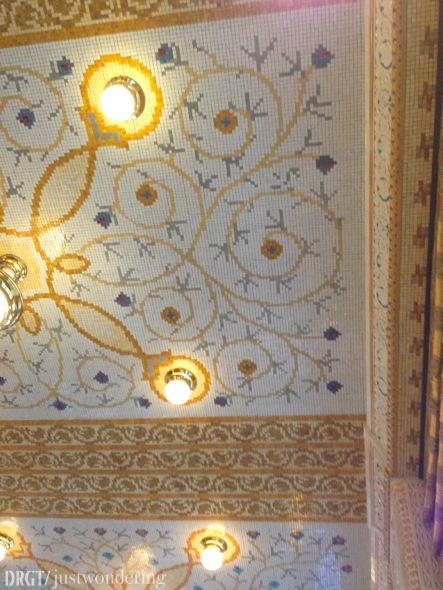

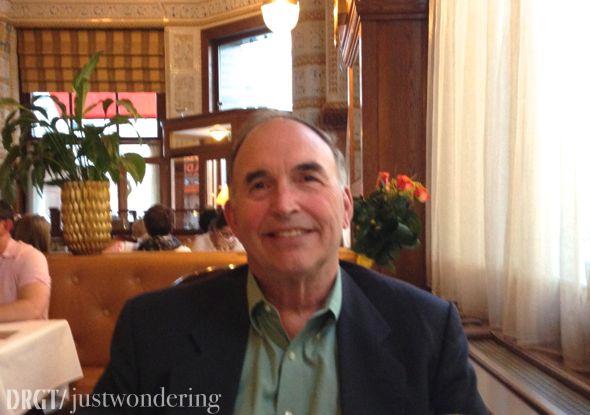
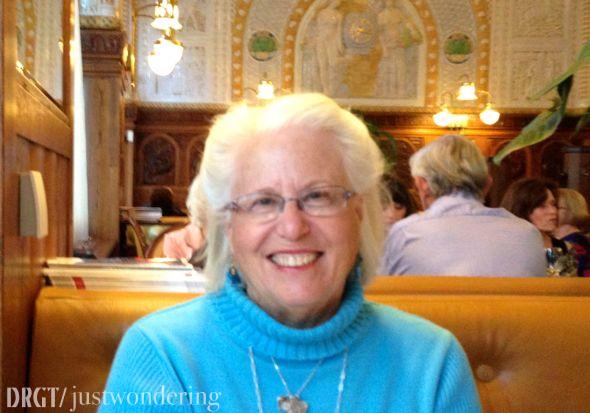
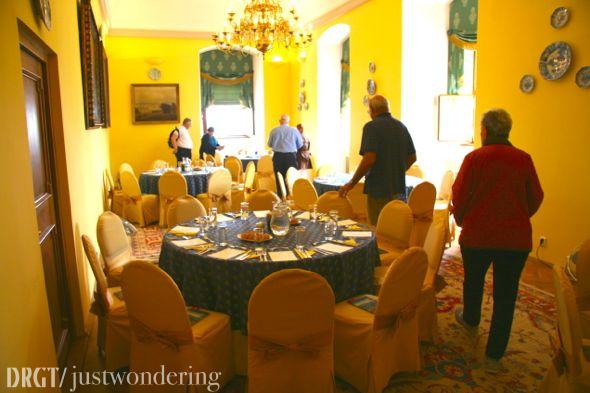
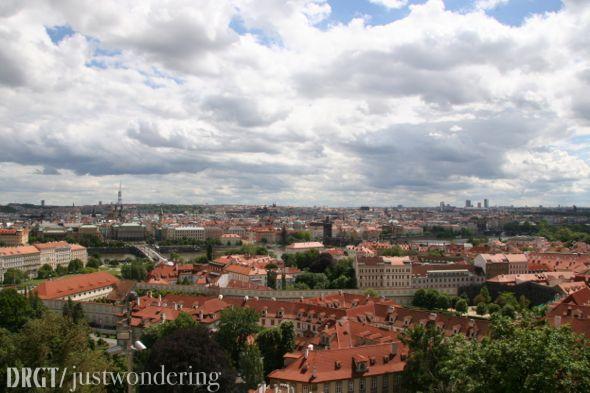

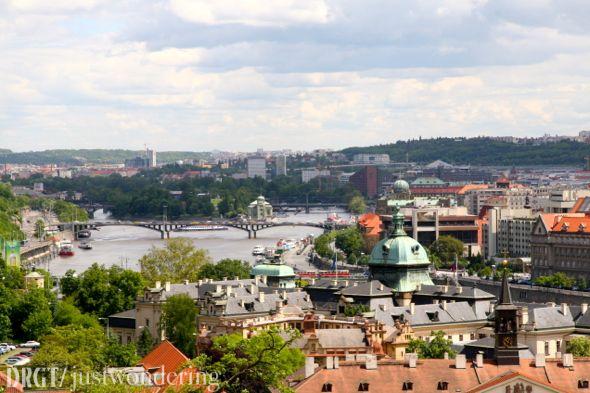

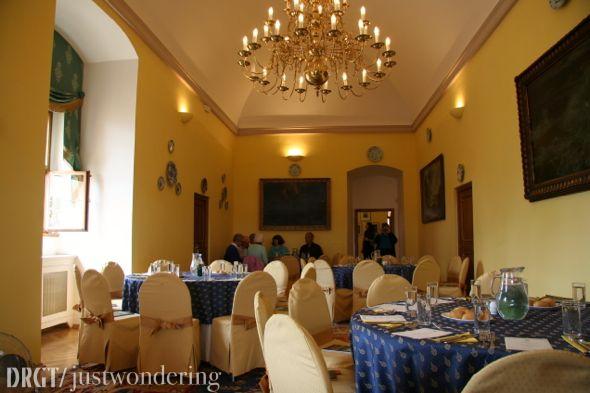
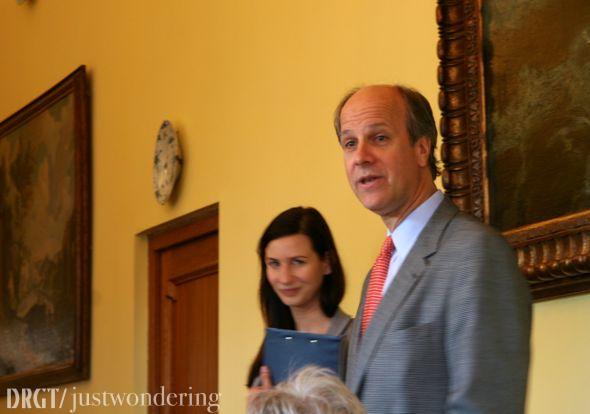
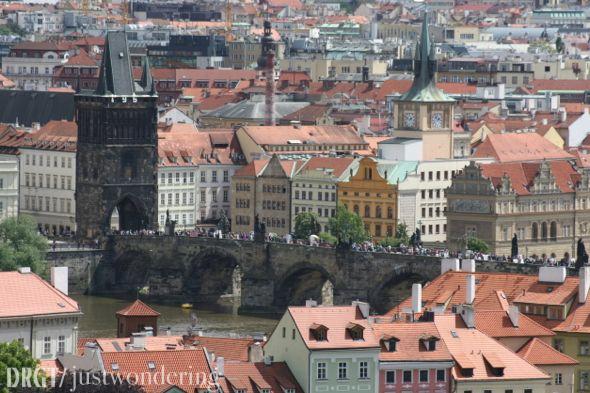
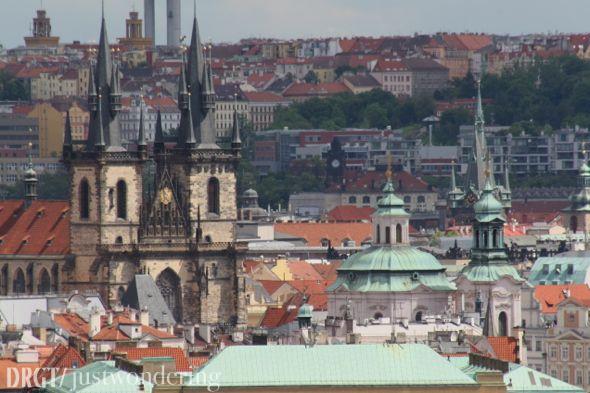
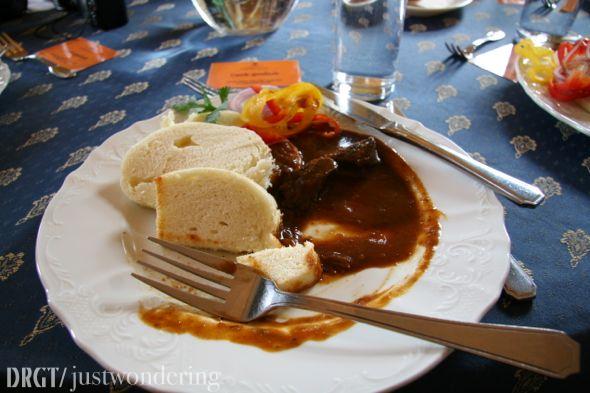
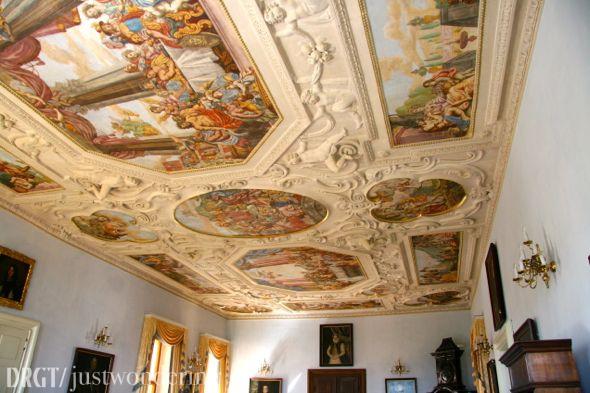
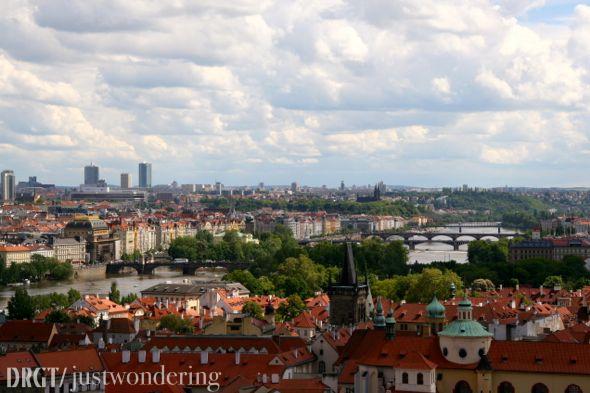
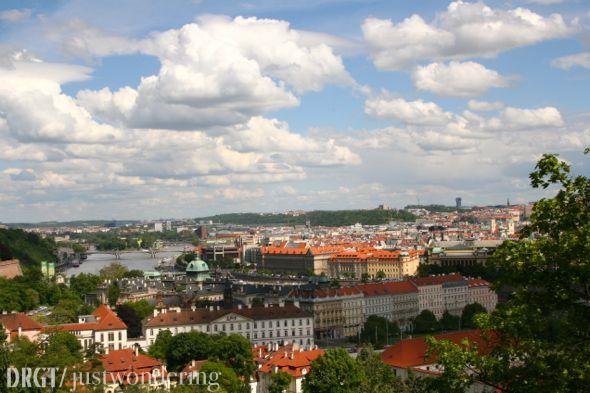
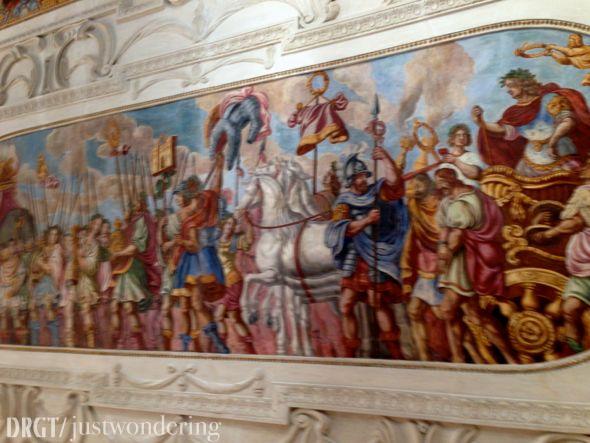
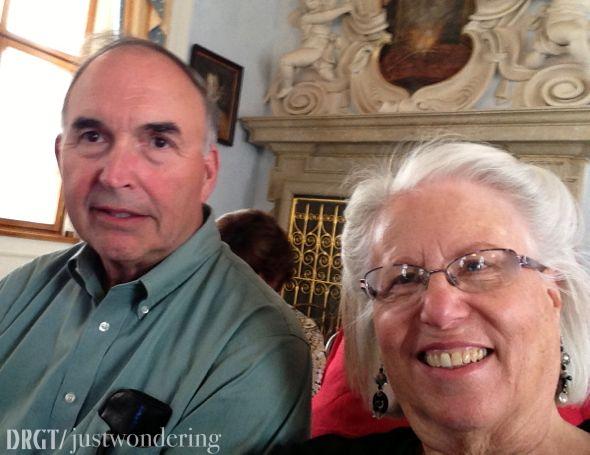
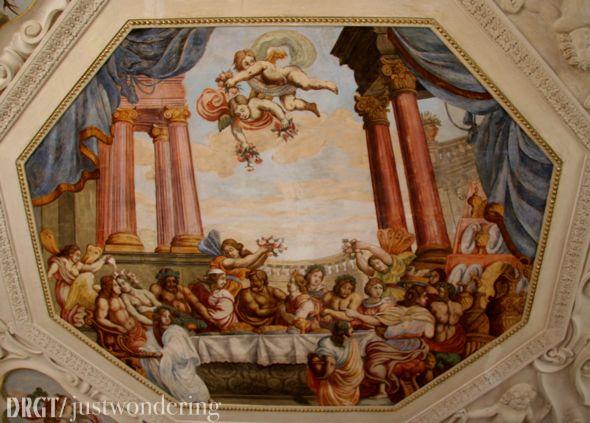
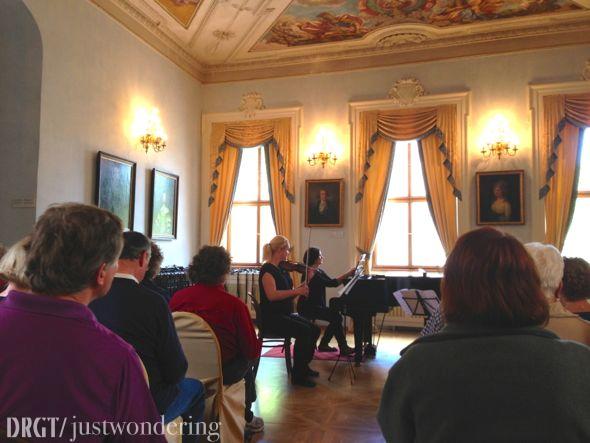
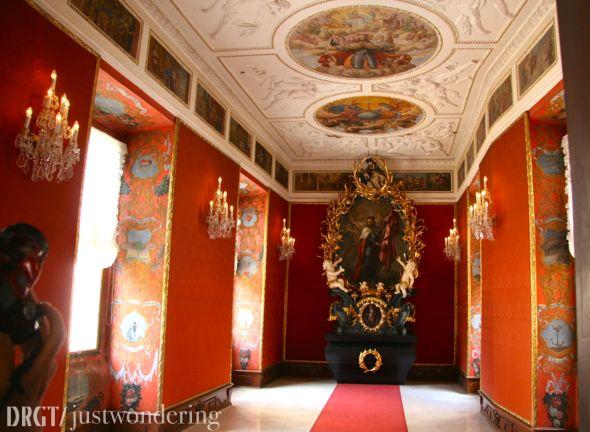

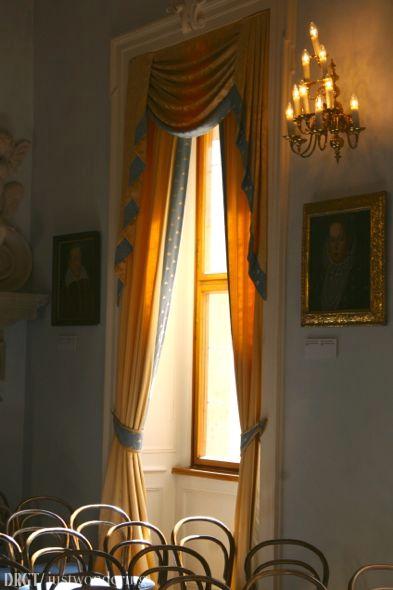
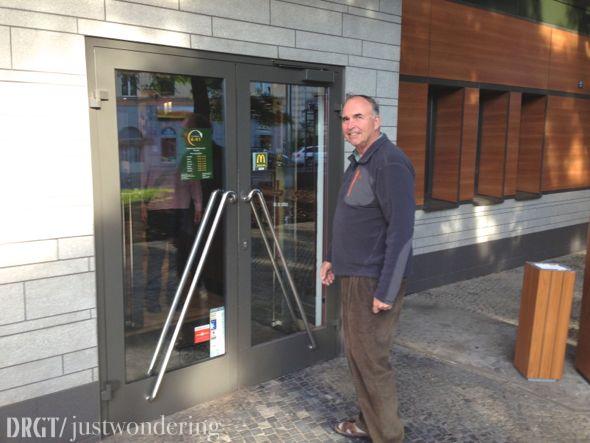
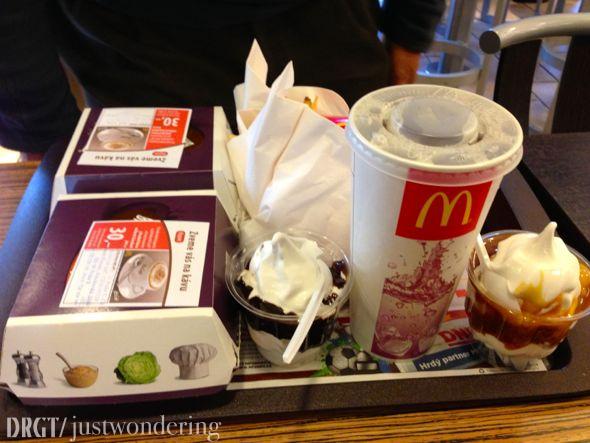
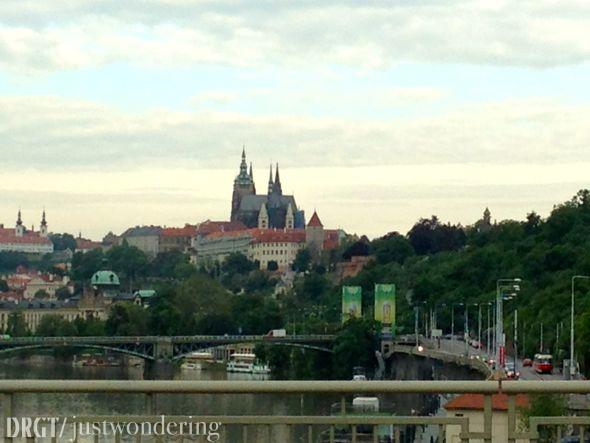


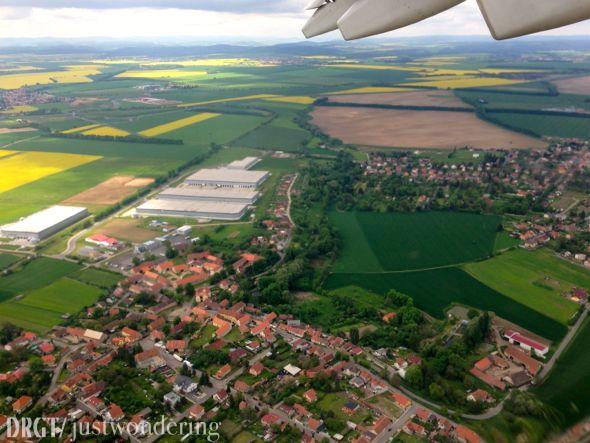
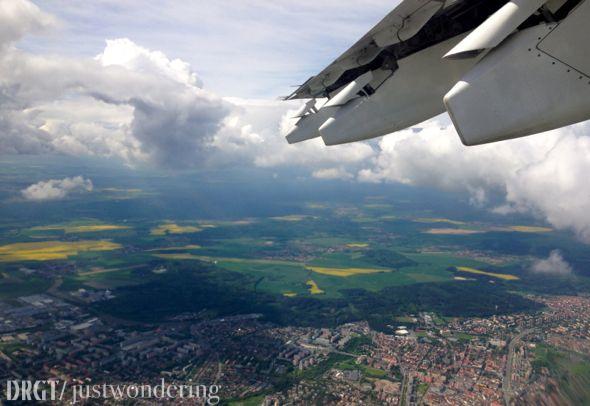



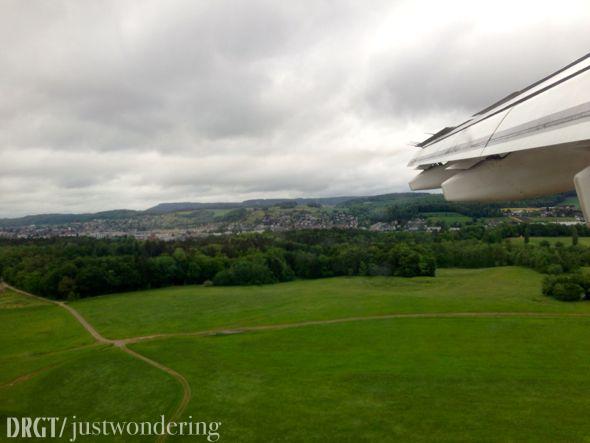
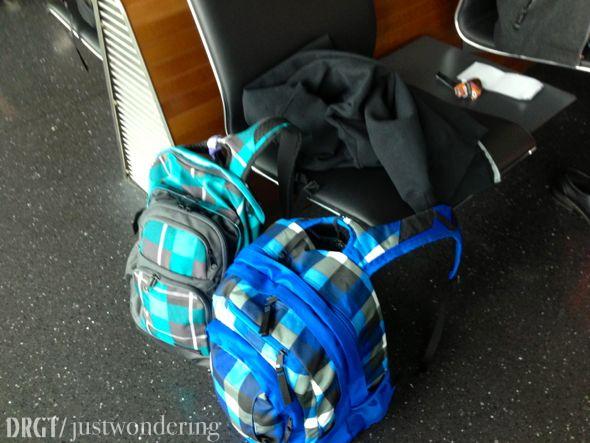
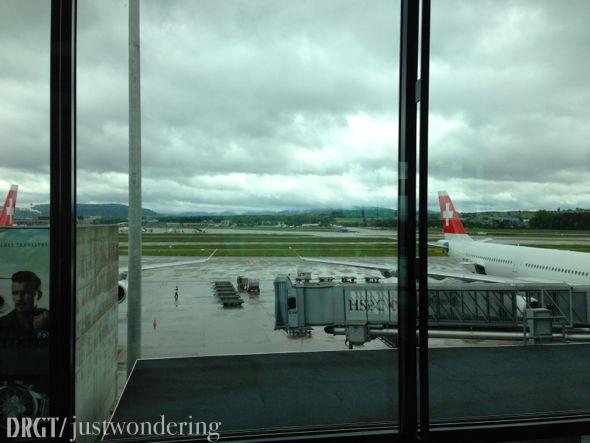
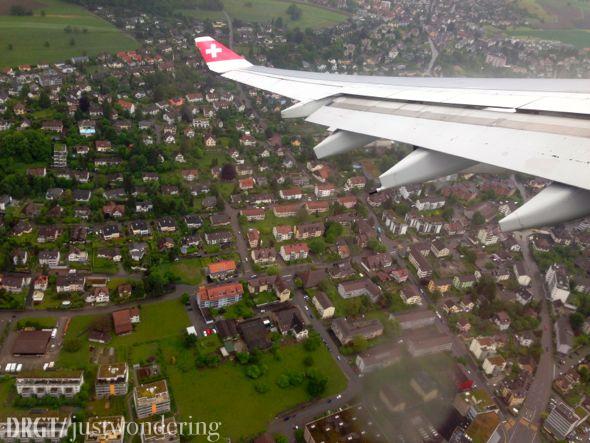

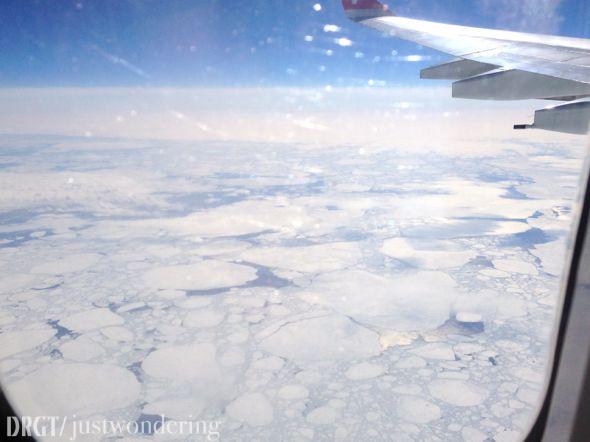

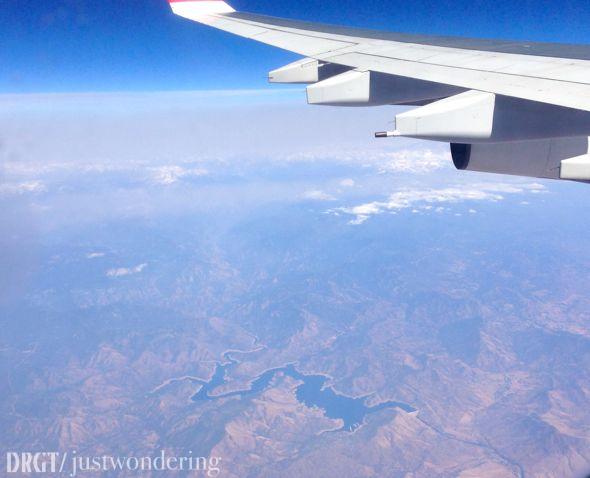

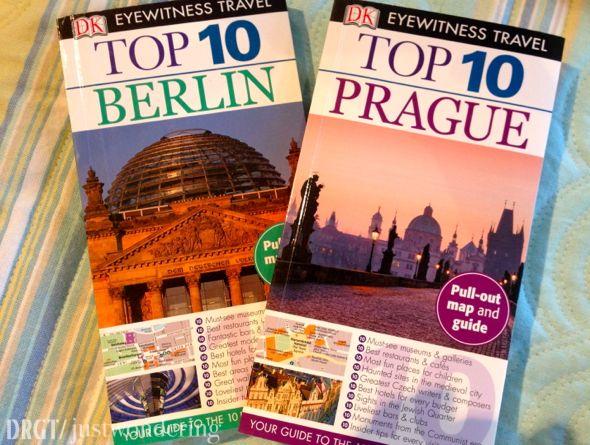
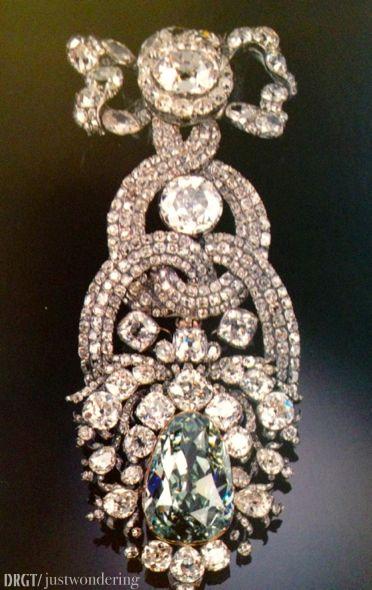
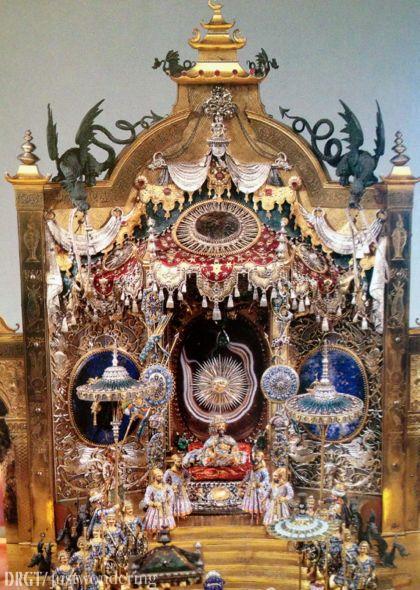
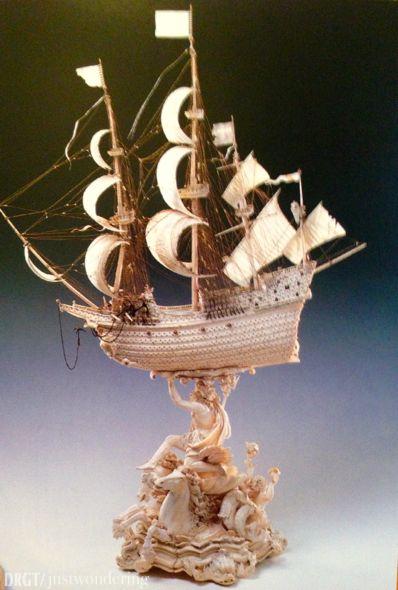
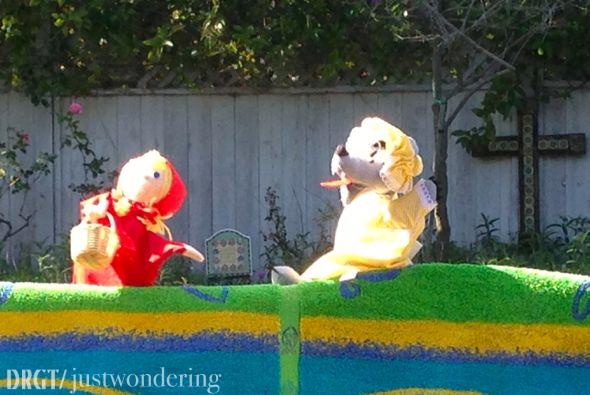
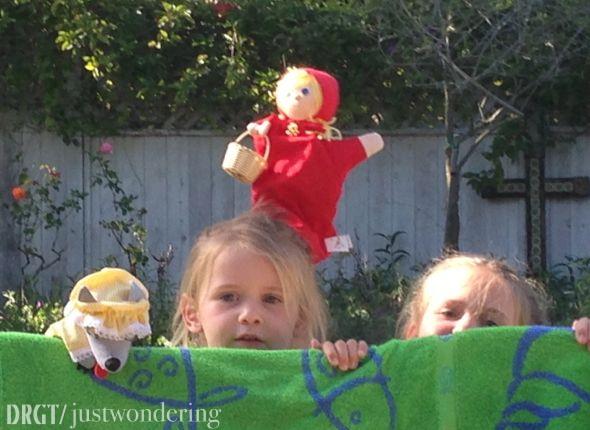




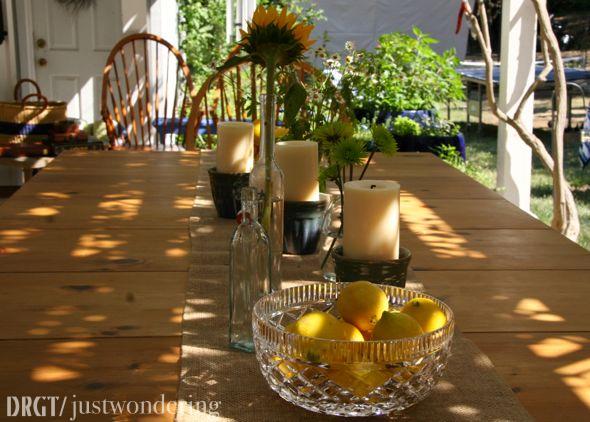















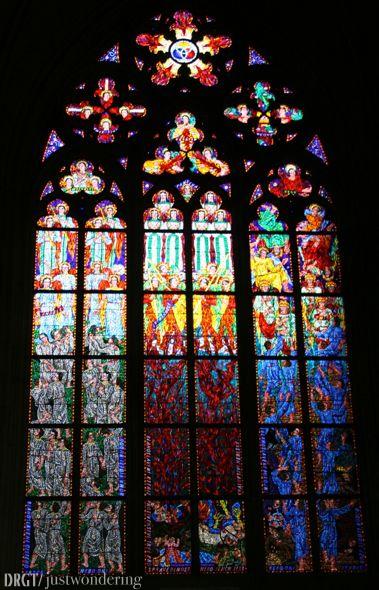
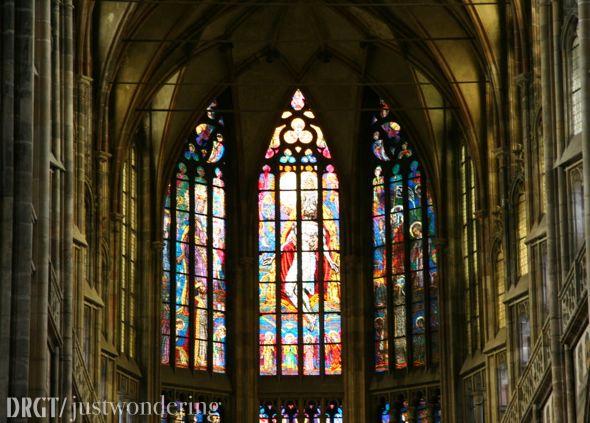
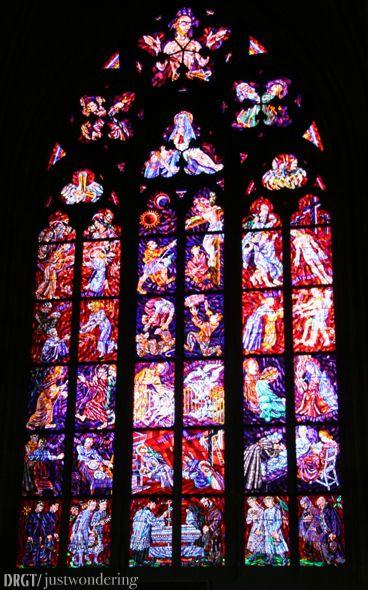
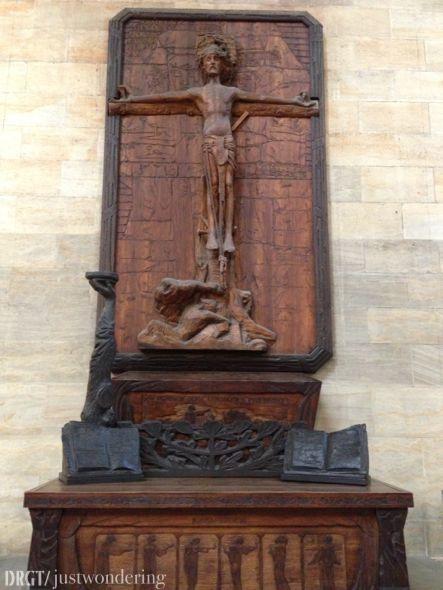


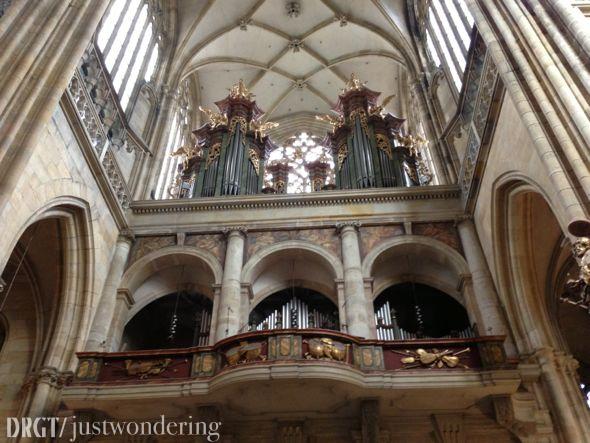


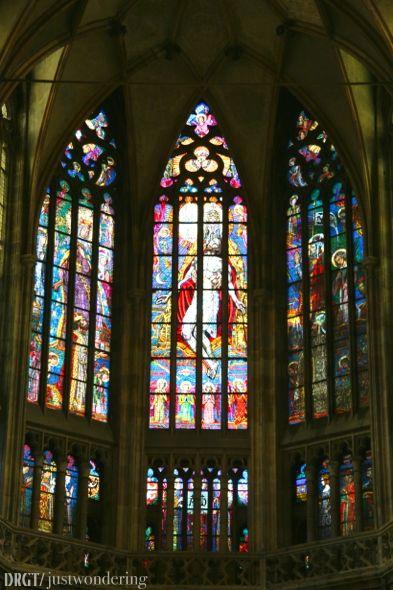





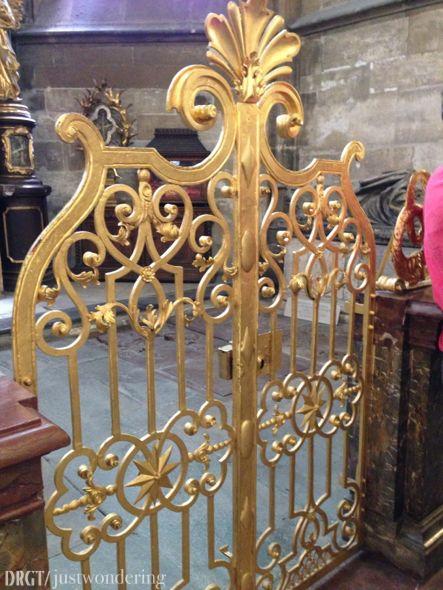
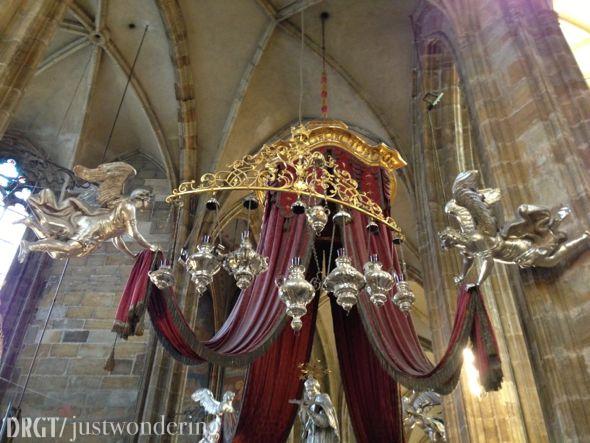
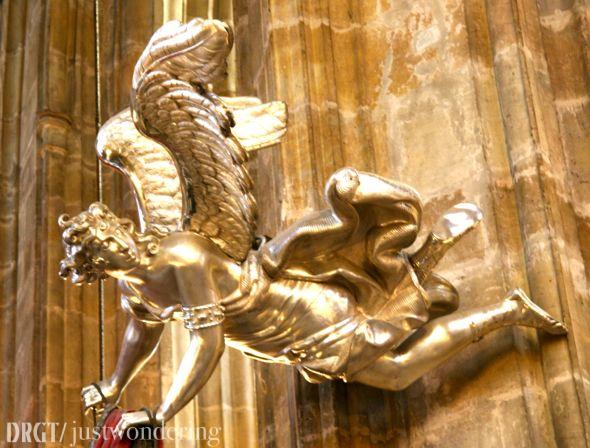

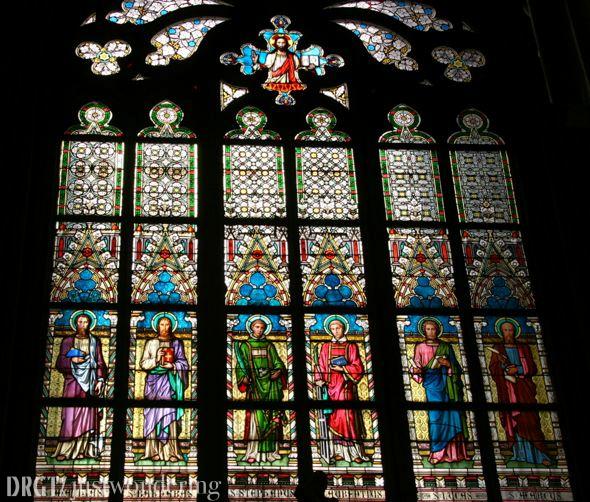
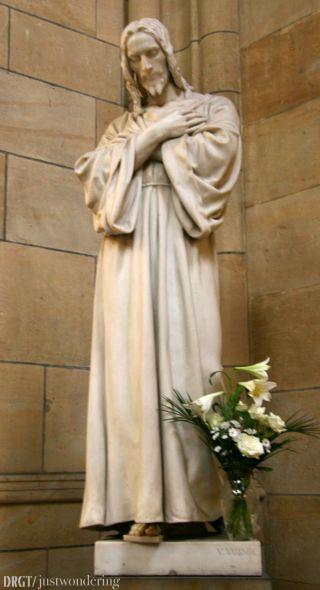

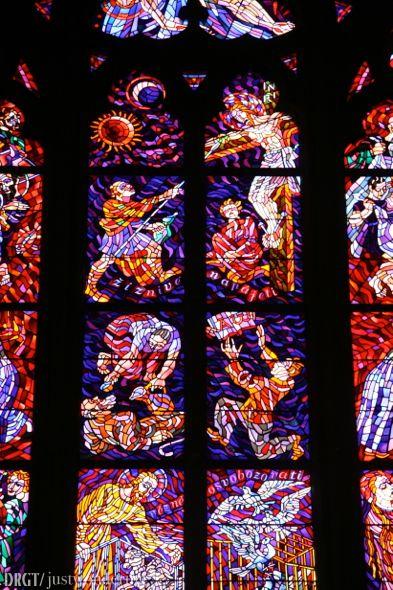
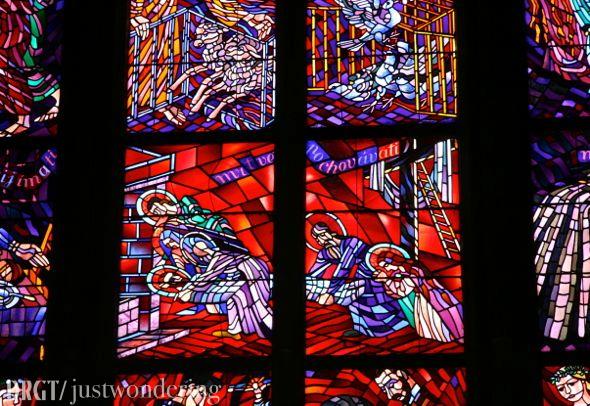
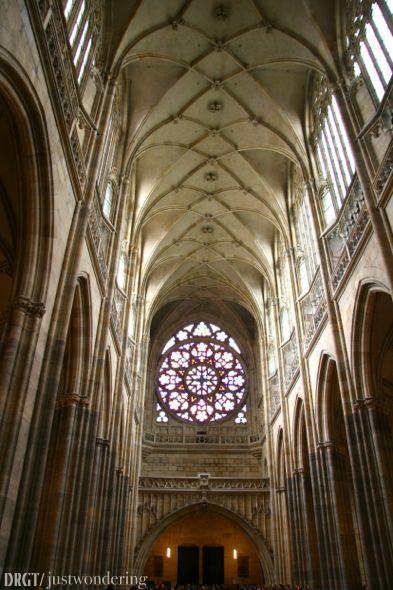


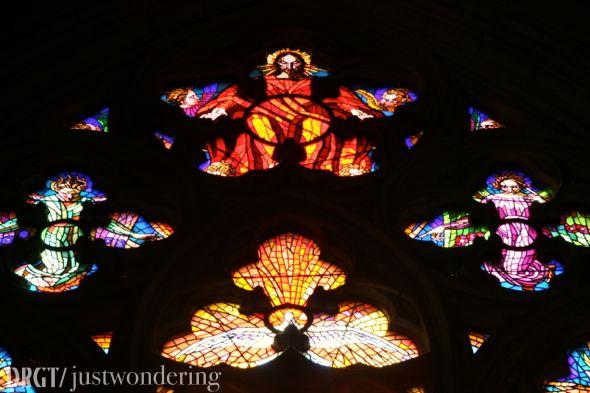
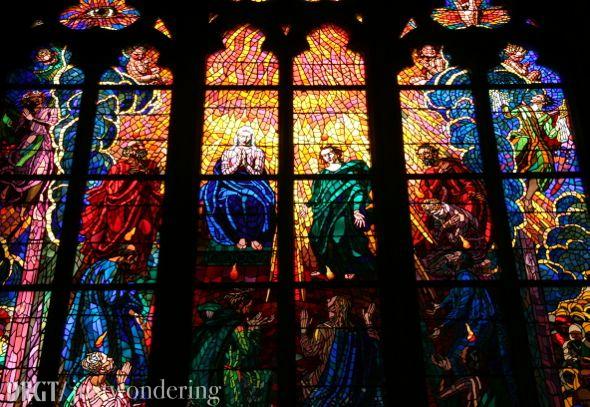
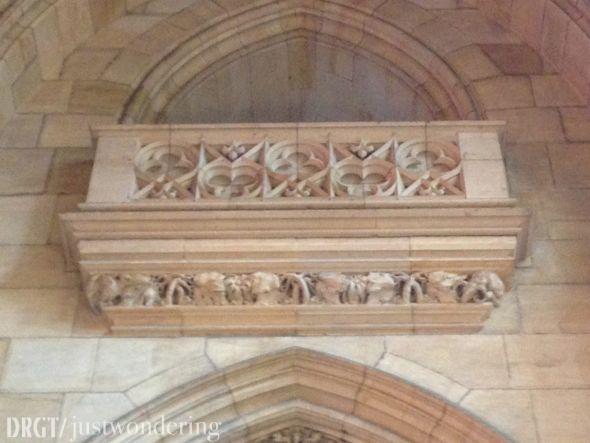

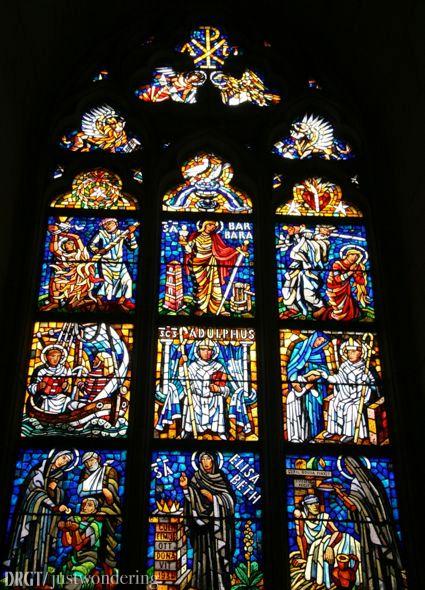
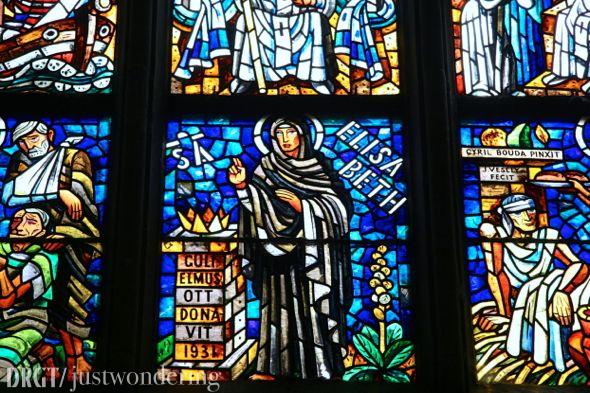


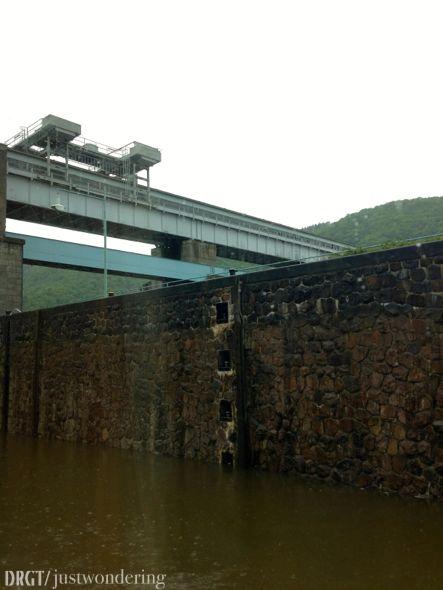
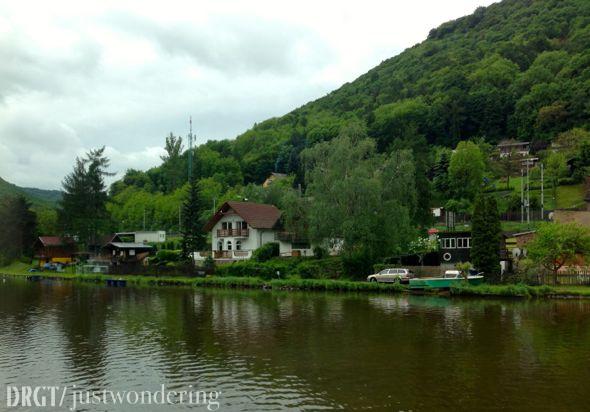
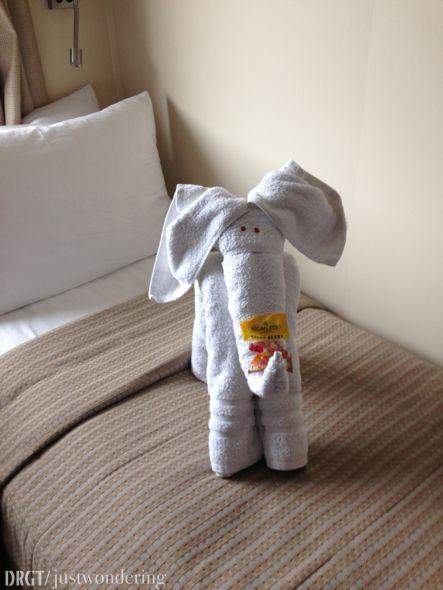

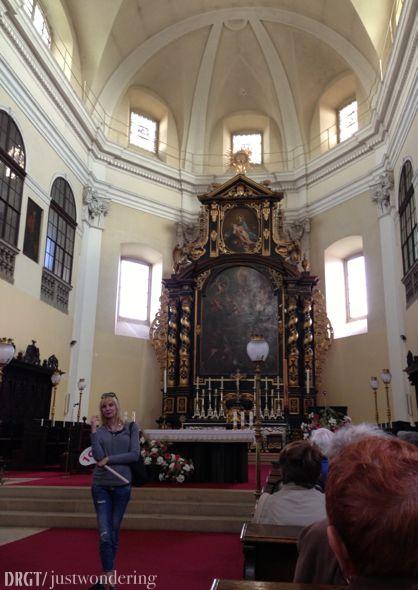
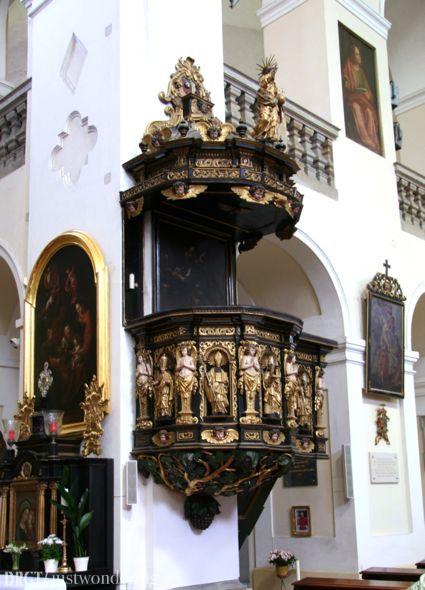







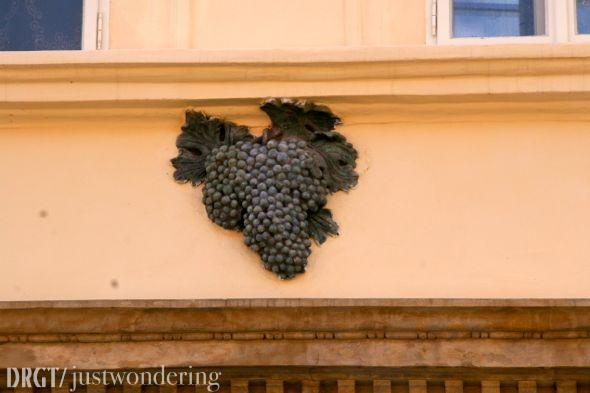


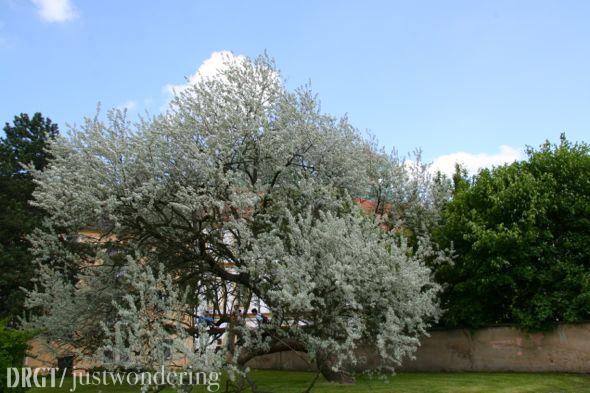



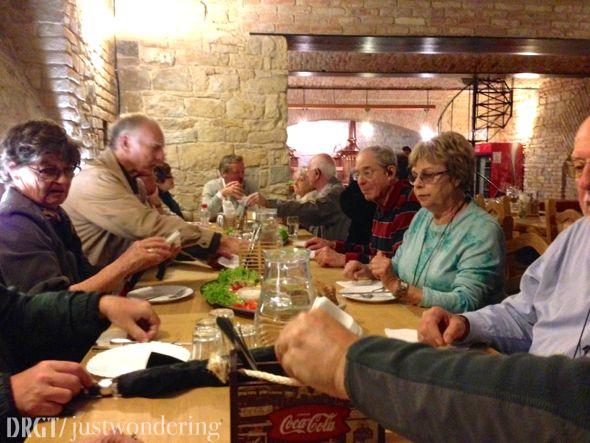
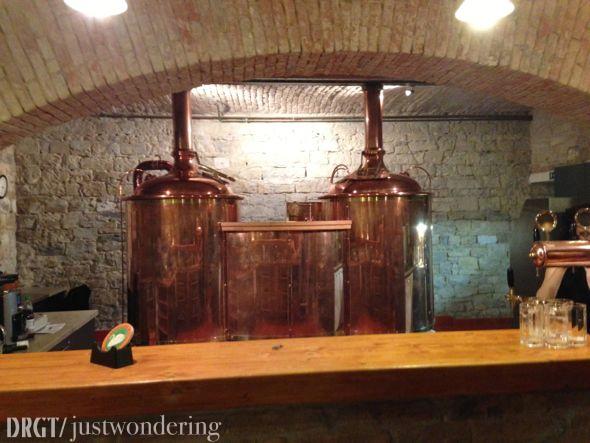
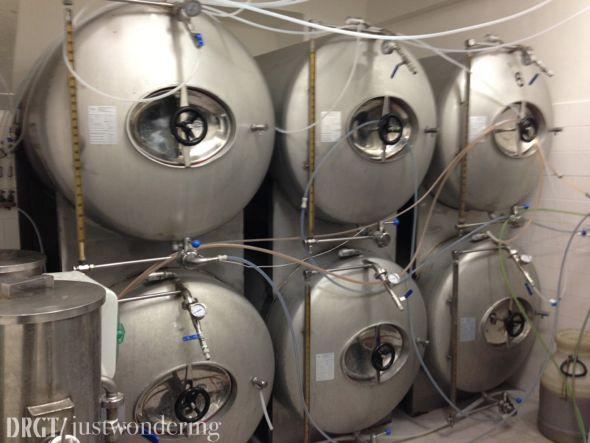

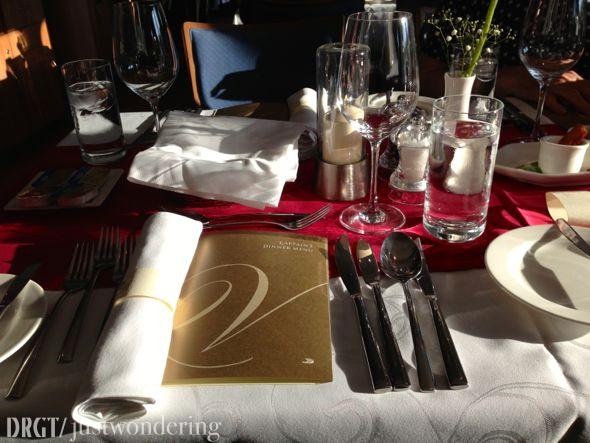
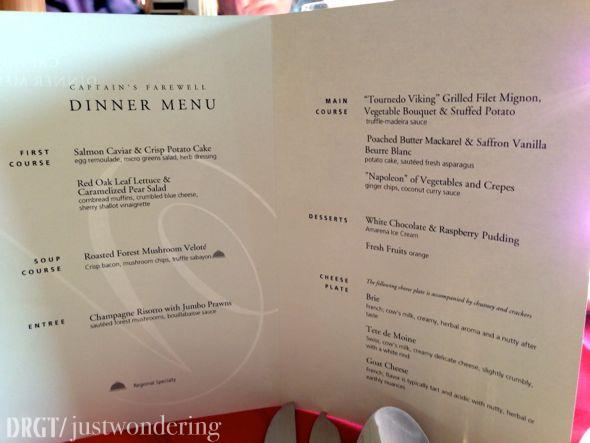
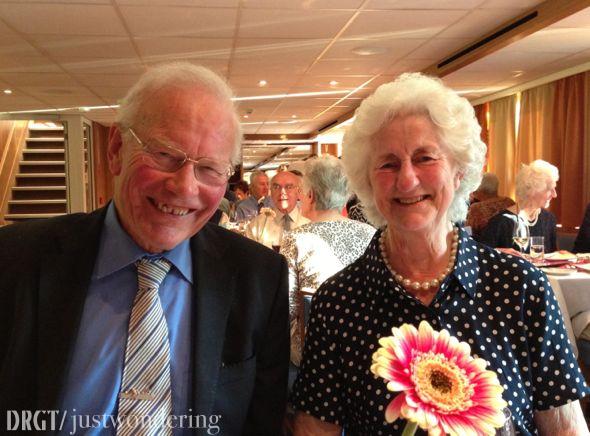
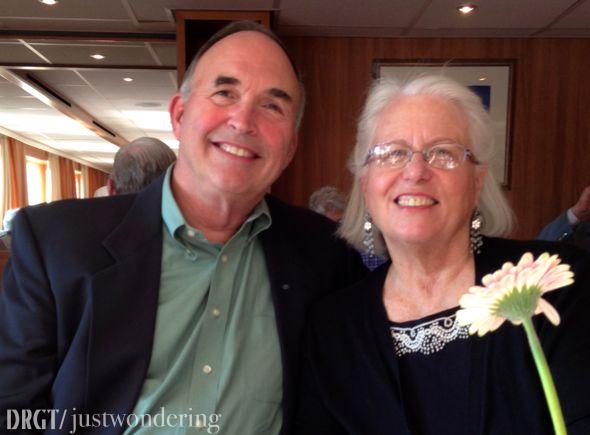
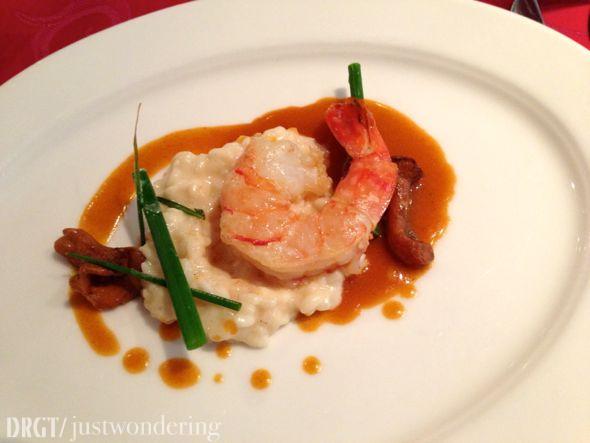
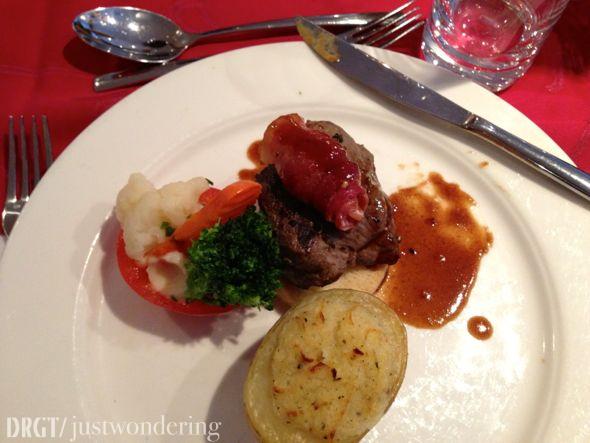
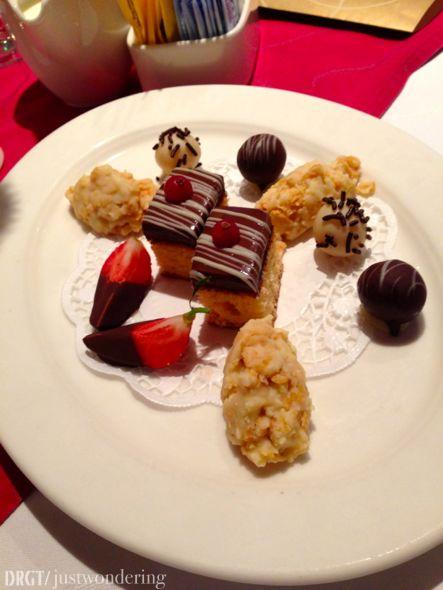




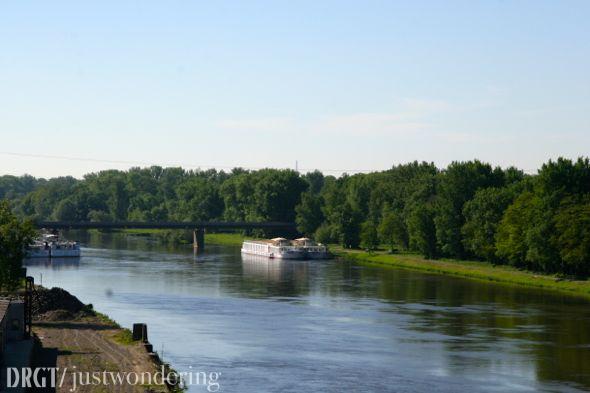



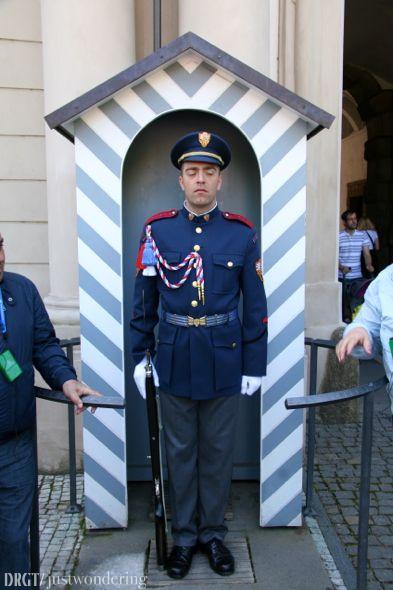




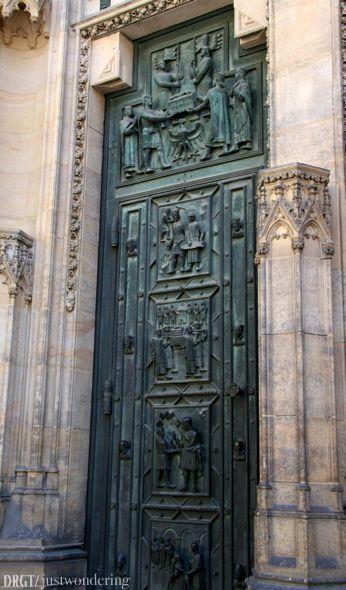

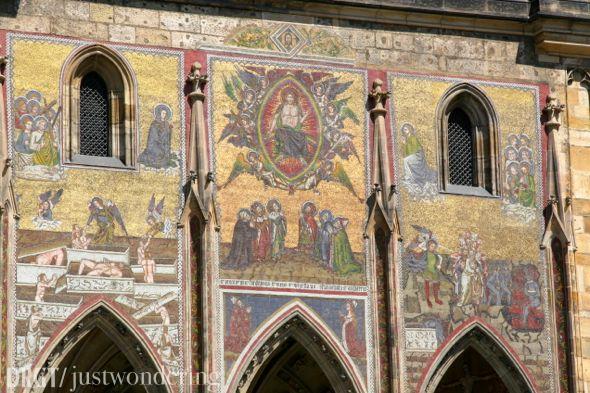
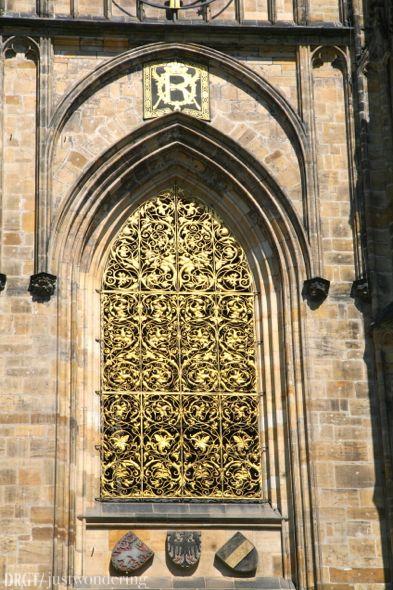





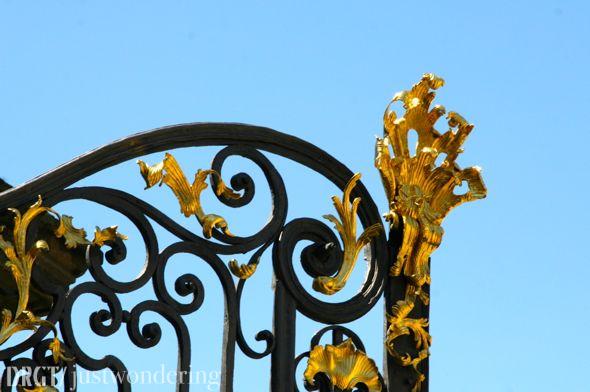






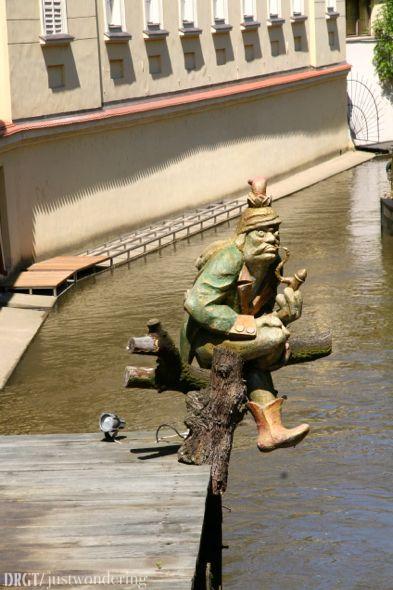

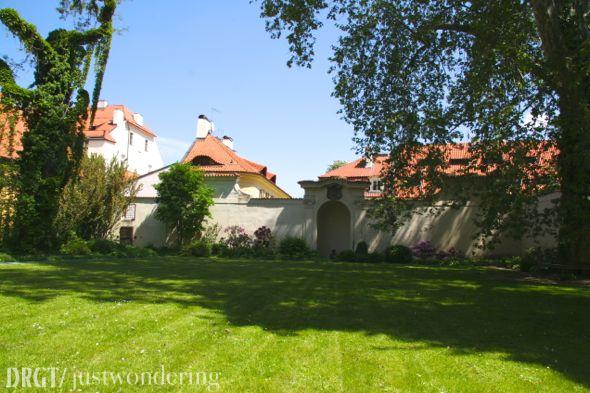




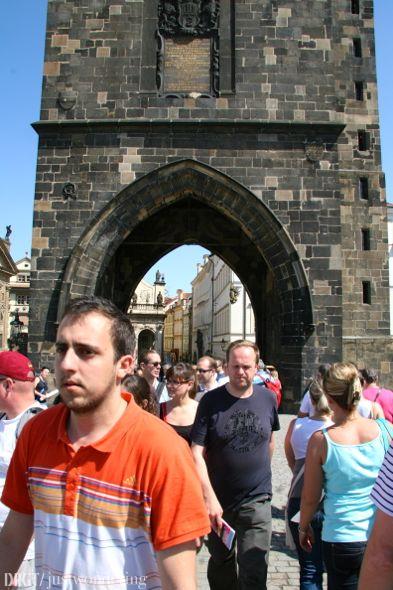

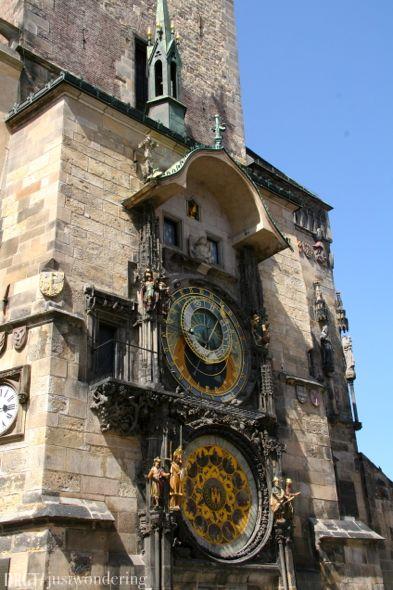

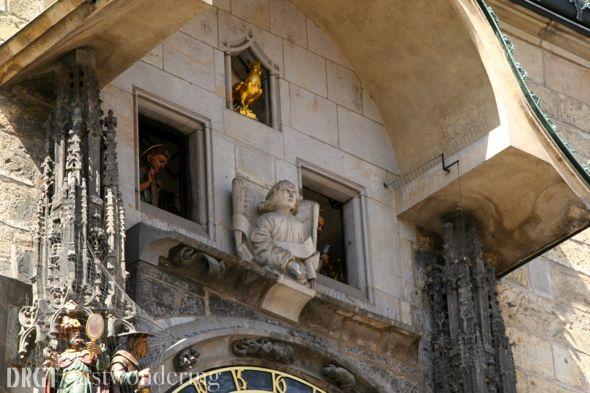
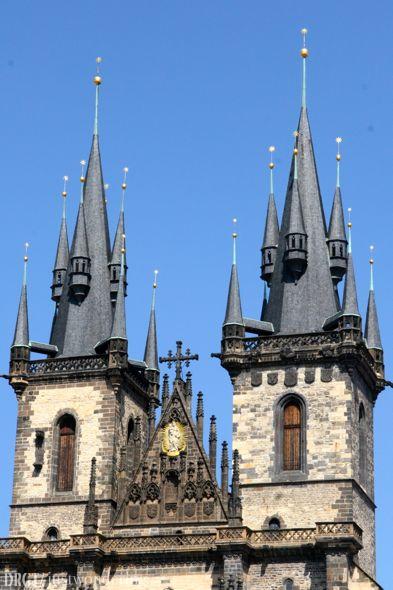
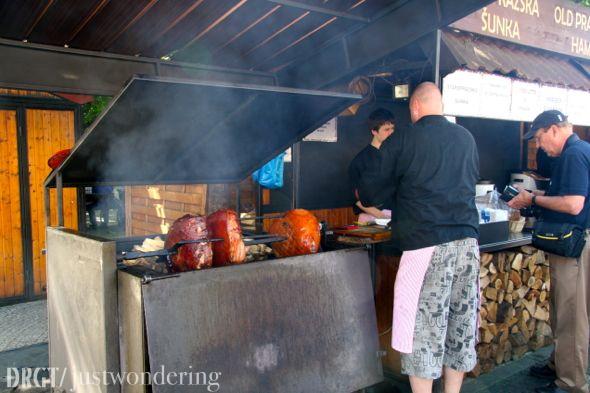



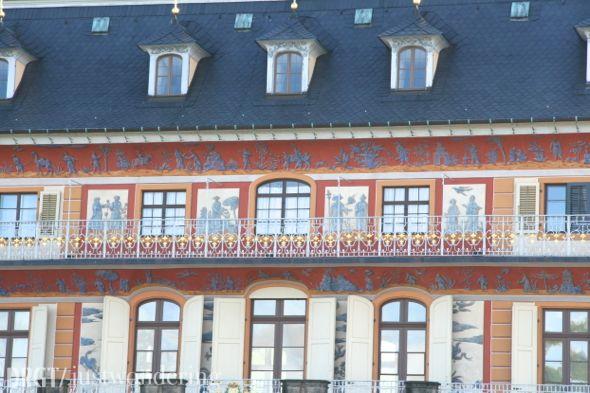

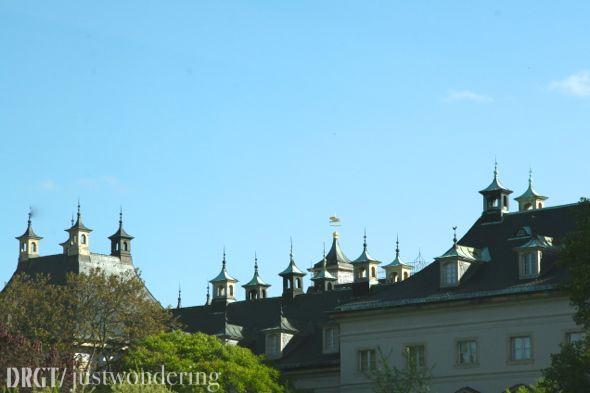

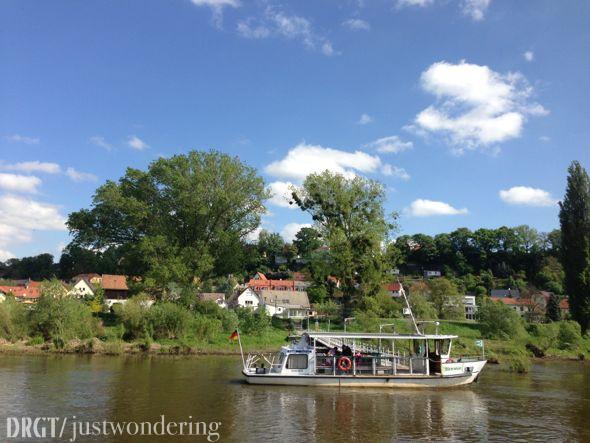
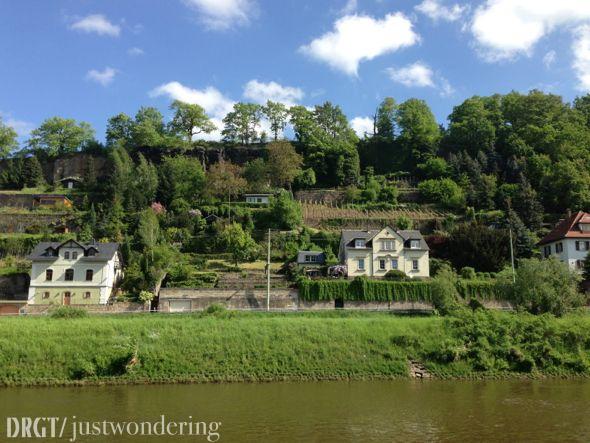



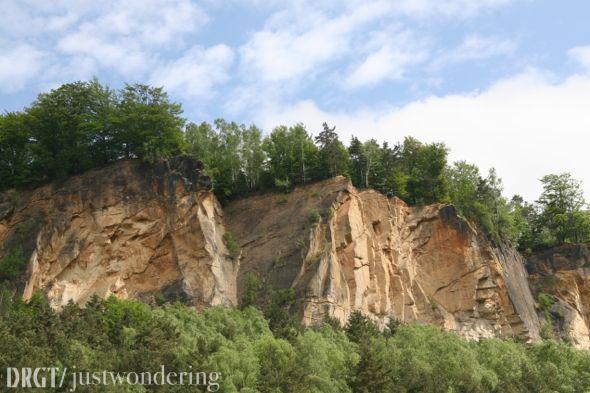














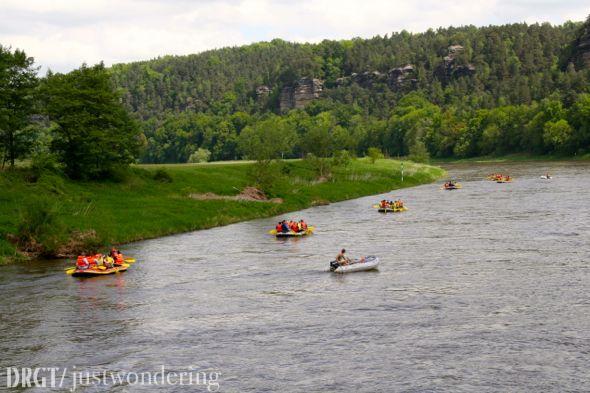

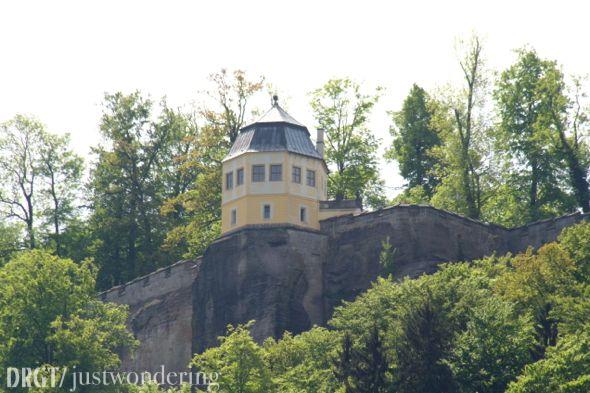




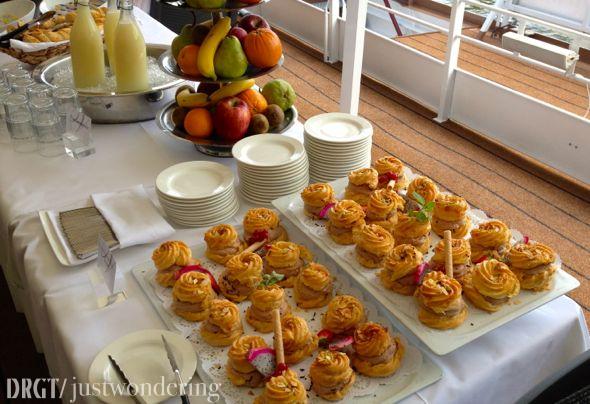





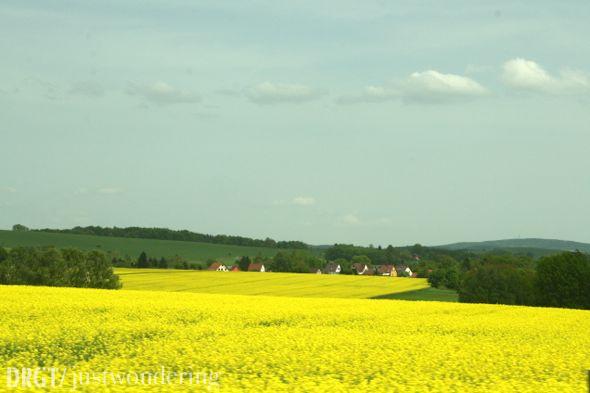
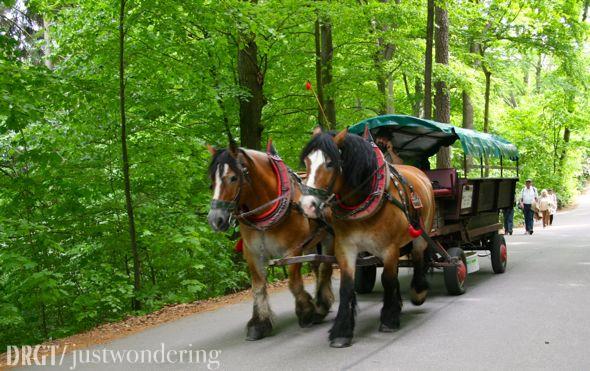

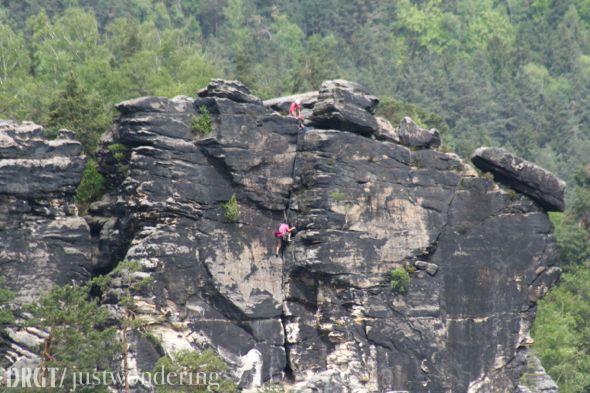






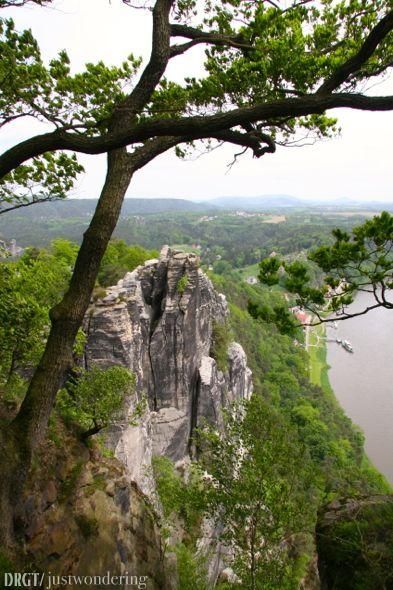



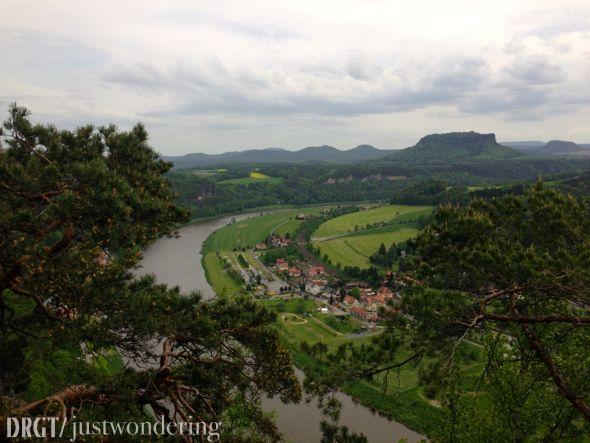




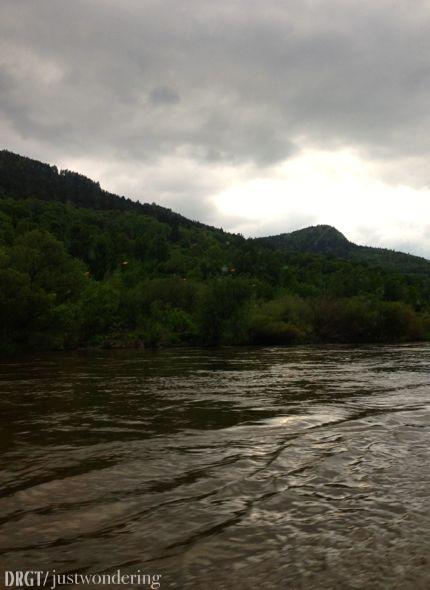
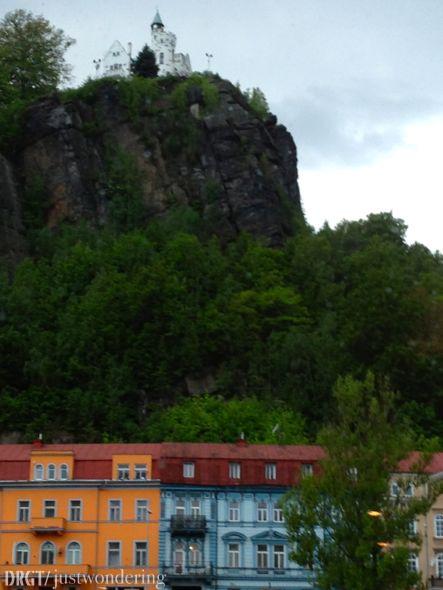
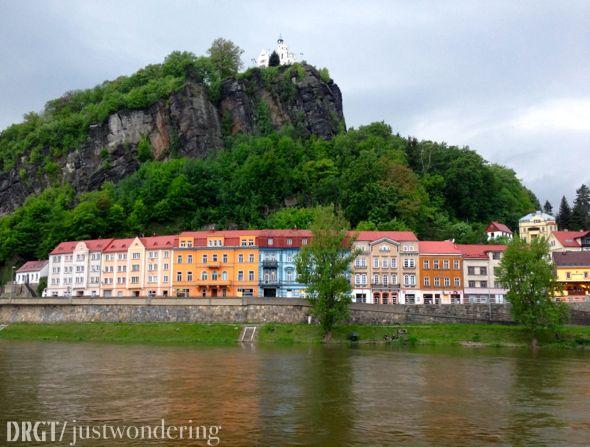
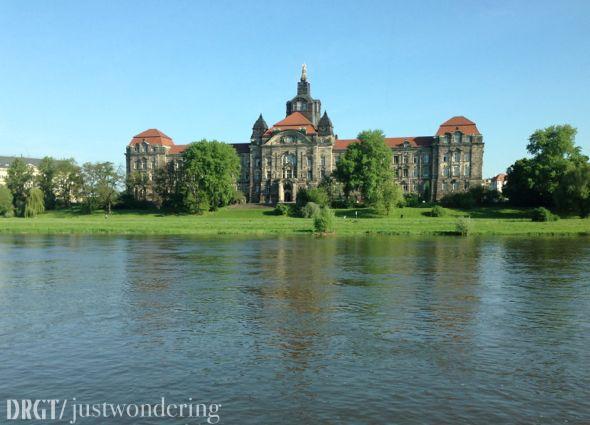


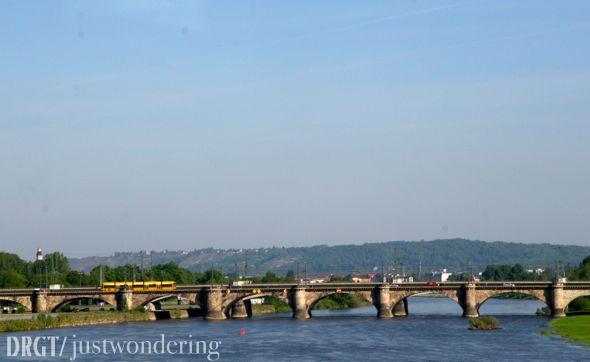



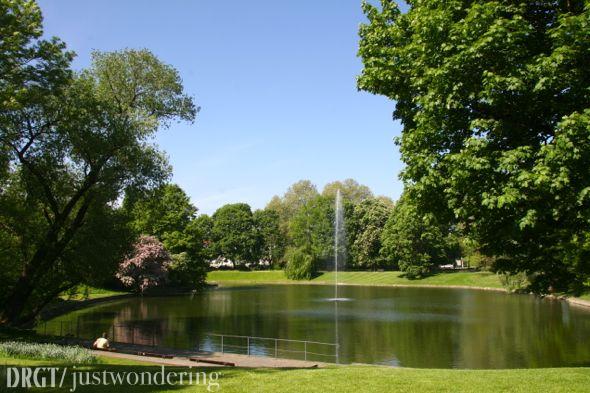
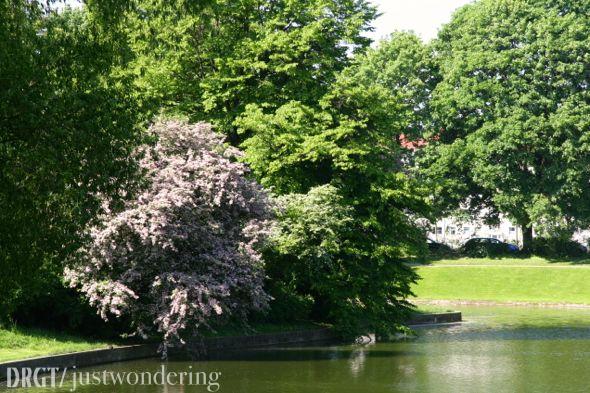










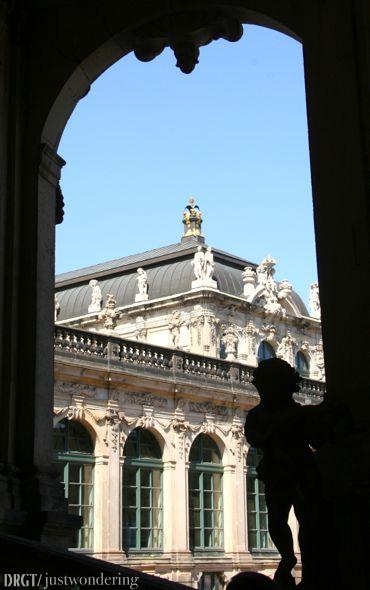

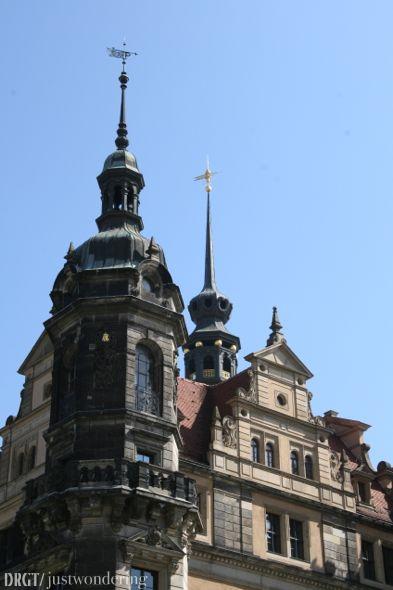




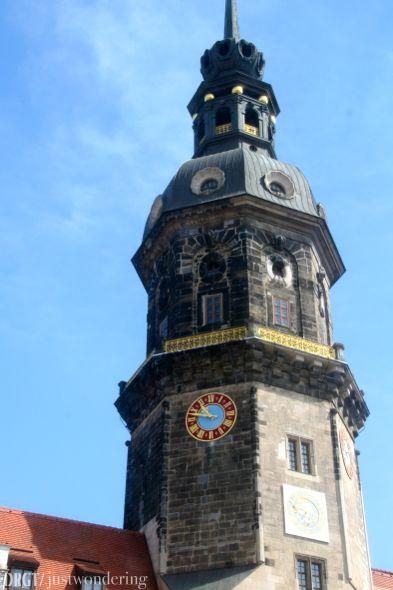



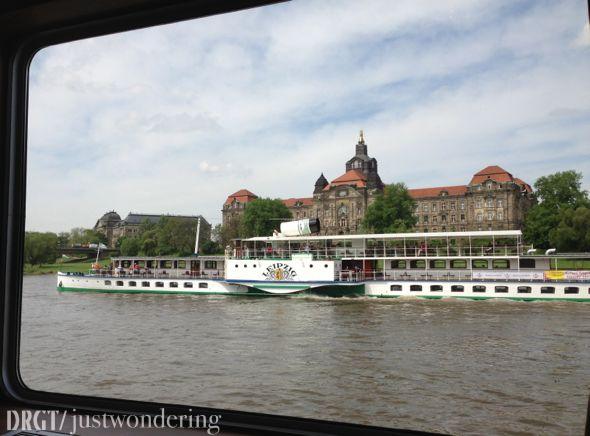
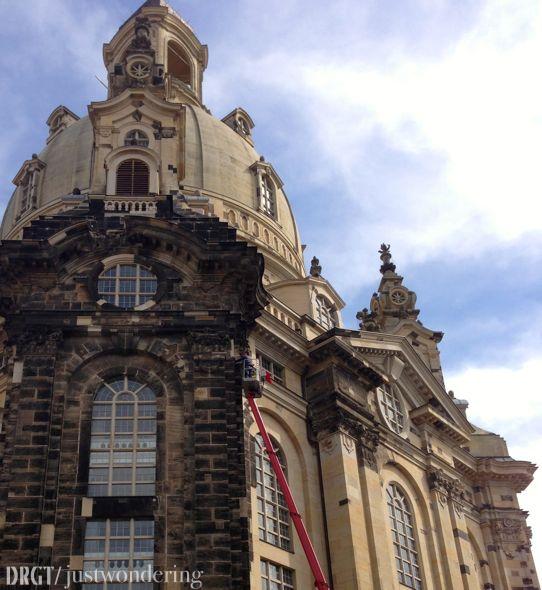
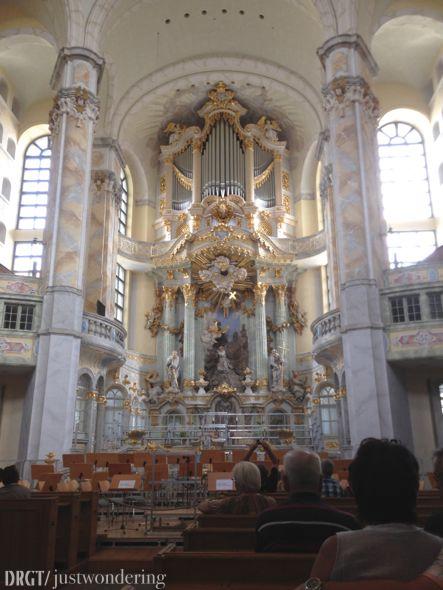
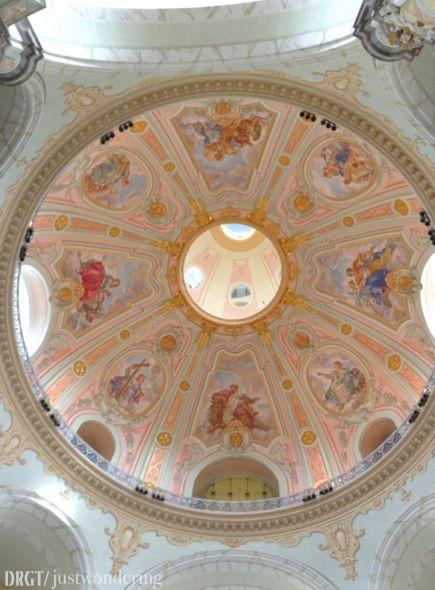





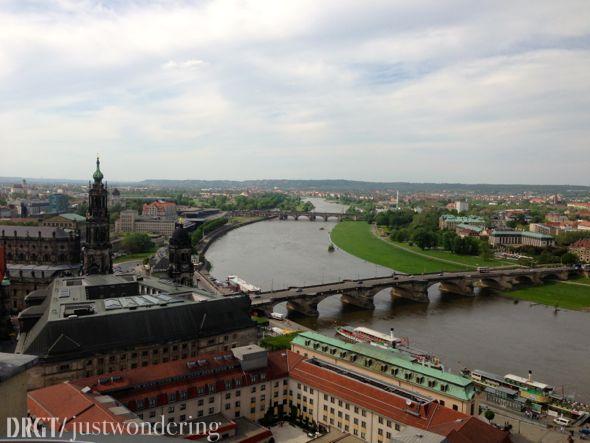
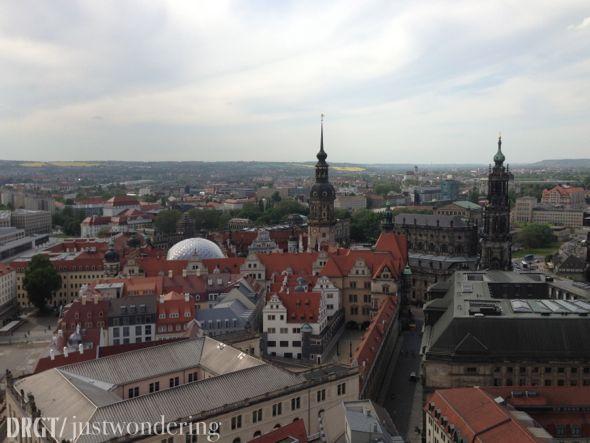


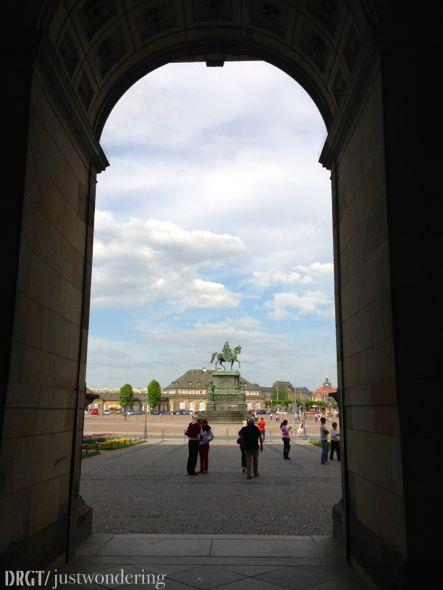

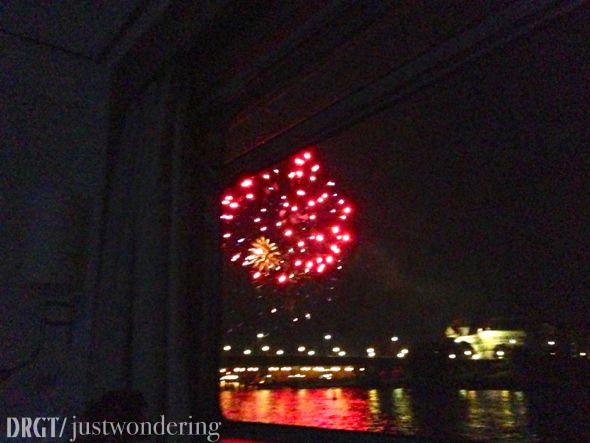



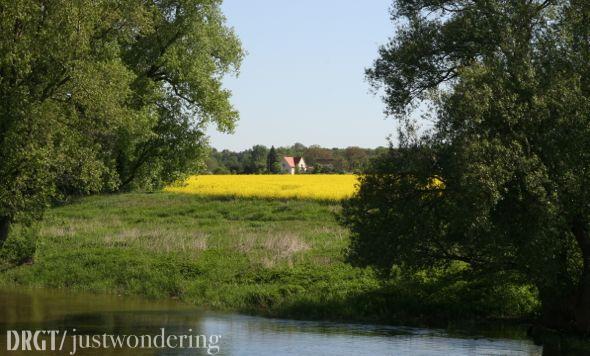


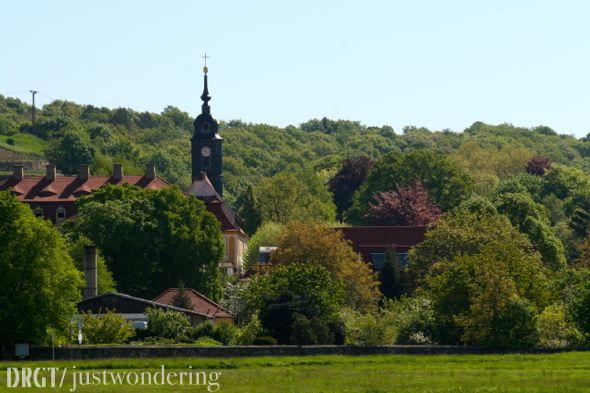


















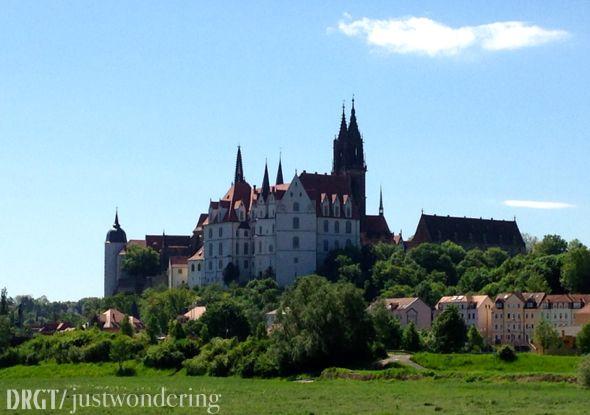

























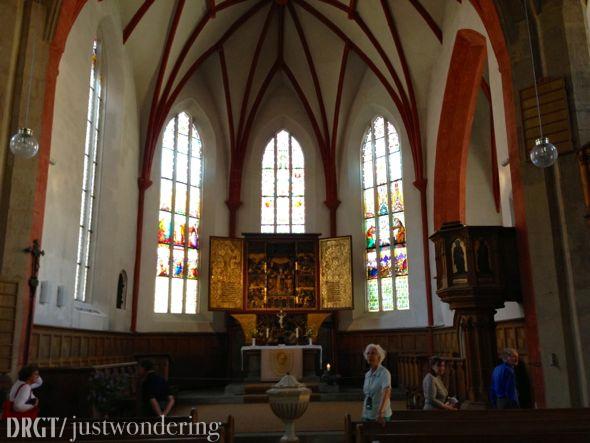
 We thoroughly enjoyed our tour of this town and came back to the
We thoroughly enjoyed our tour of this town and came back to the
